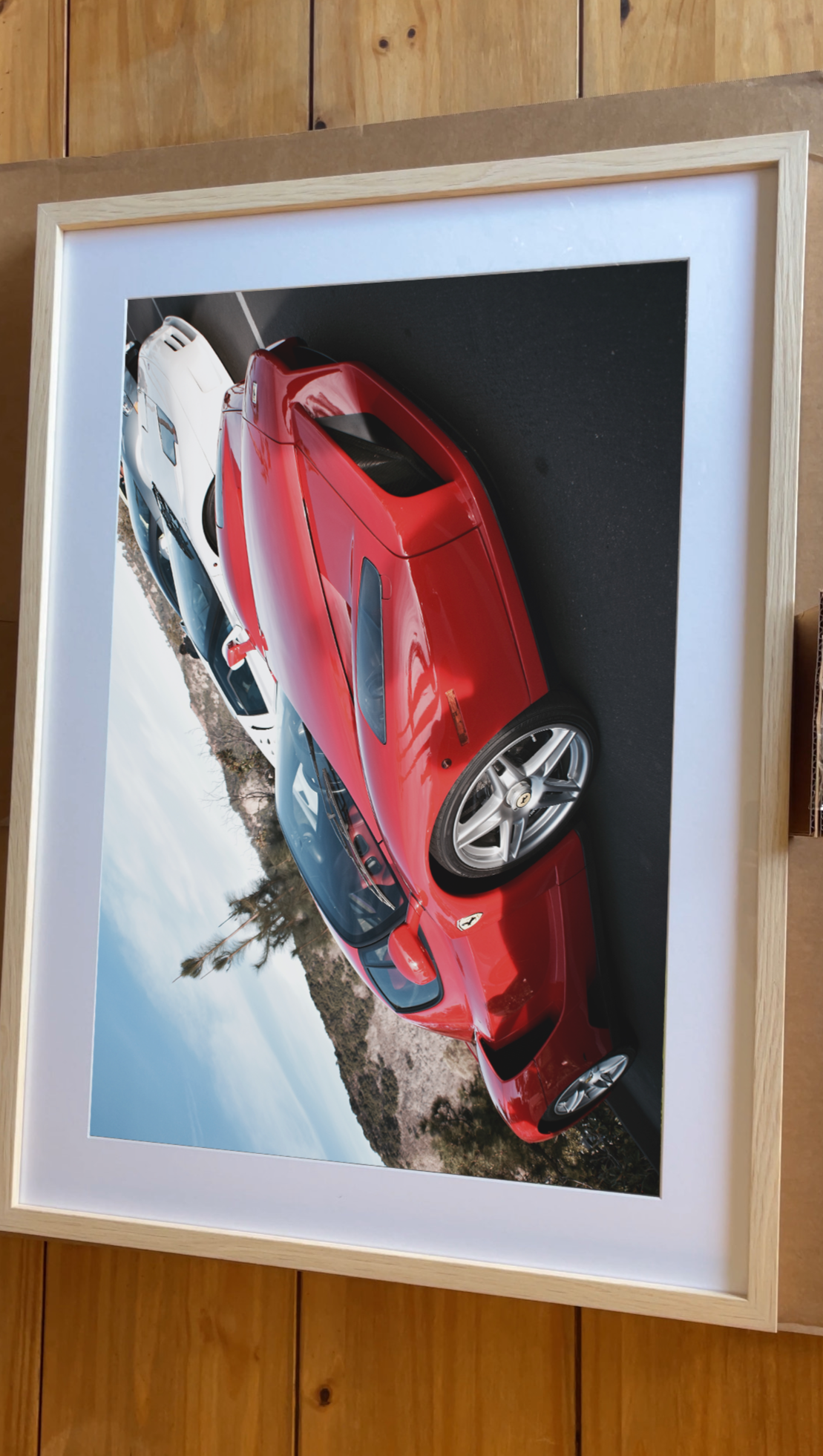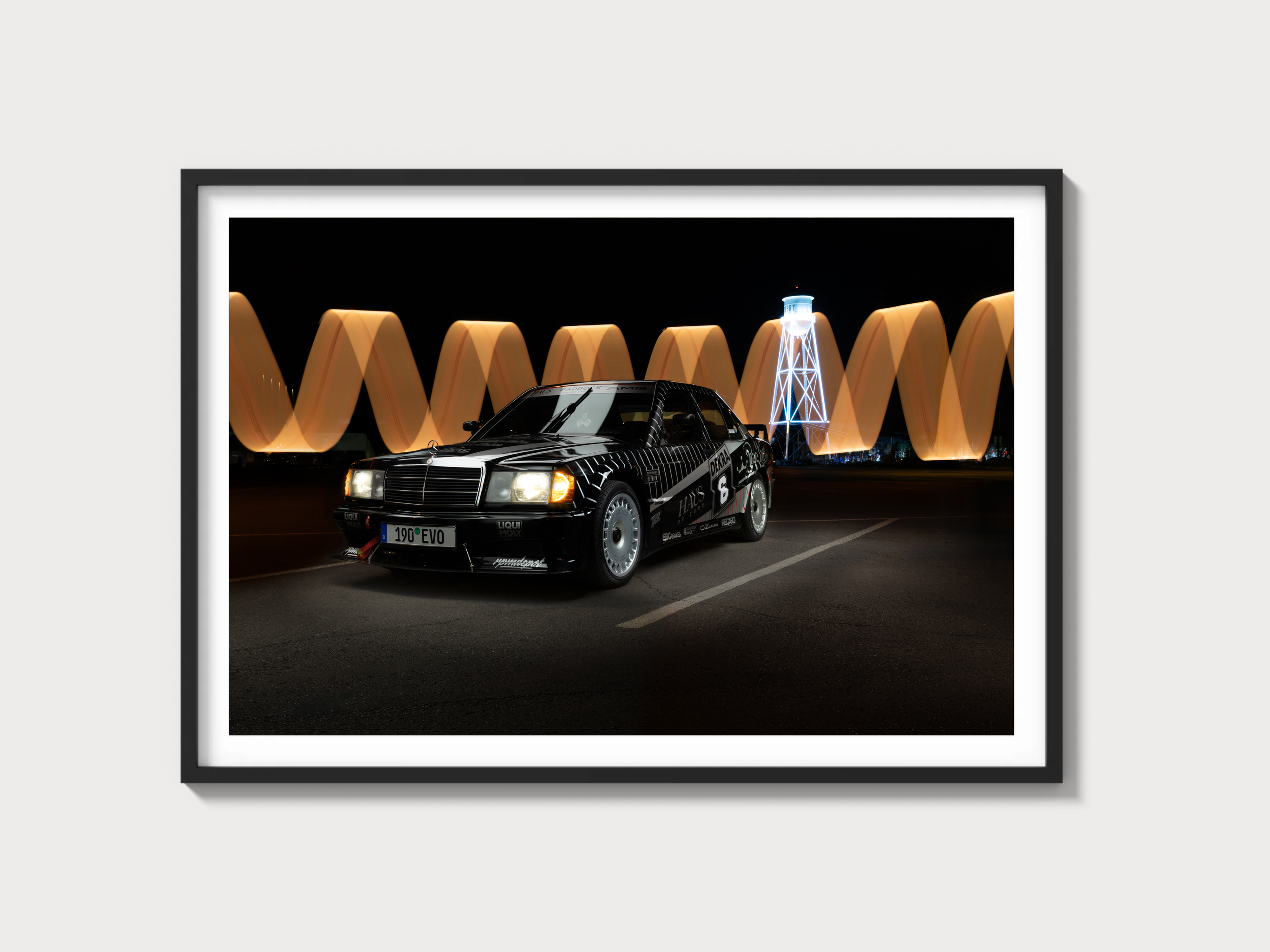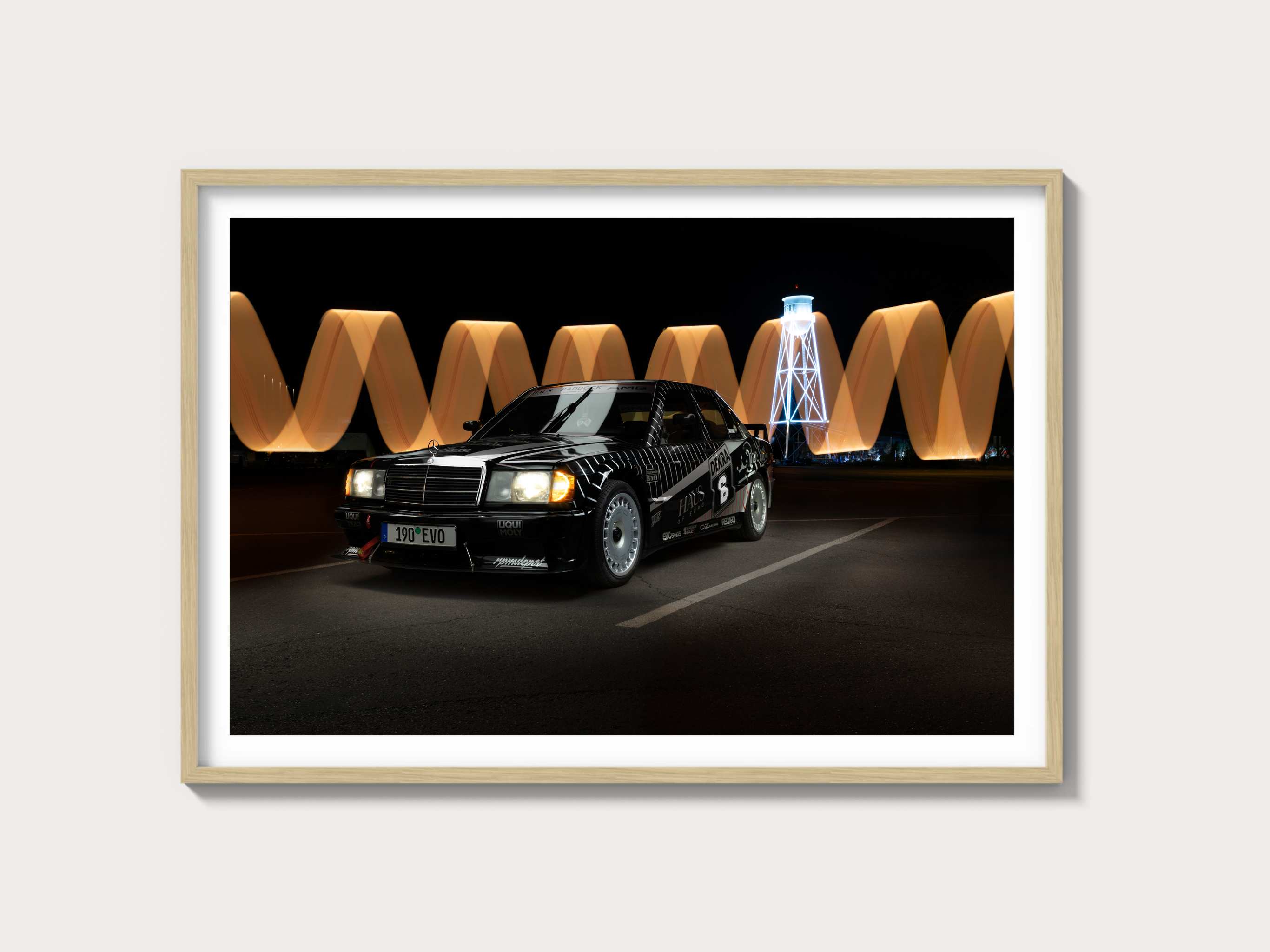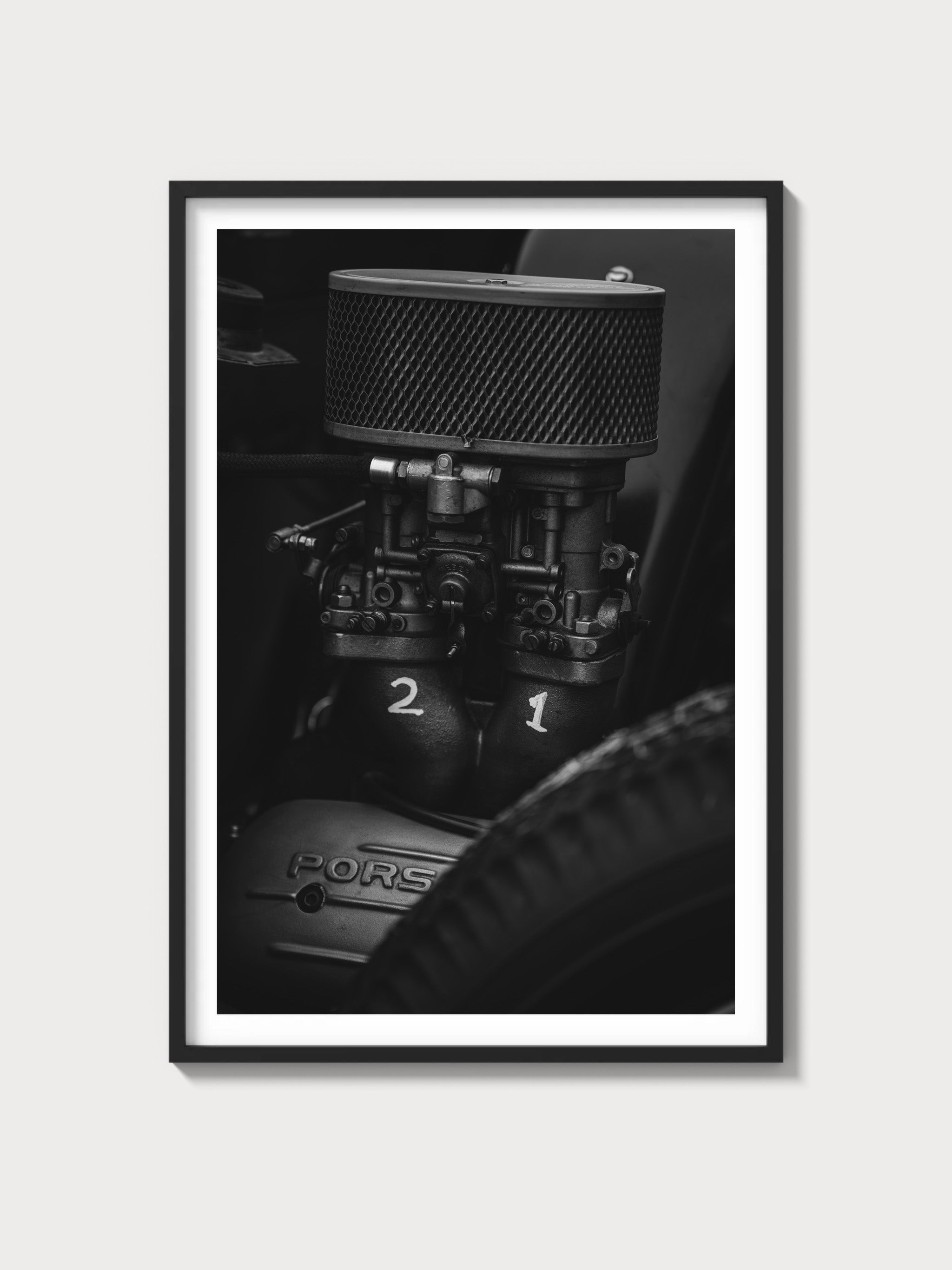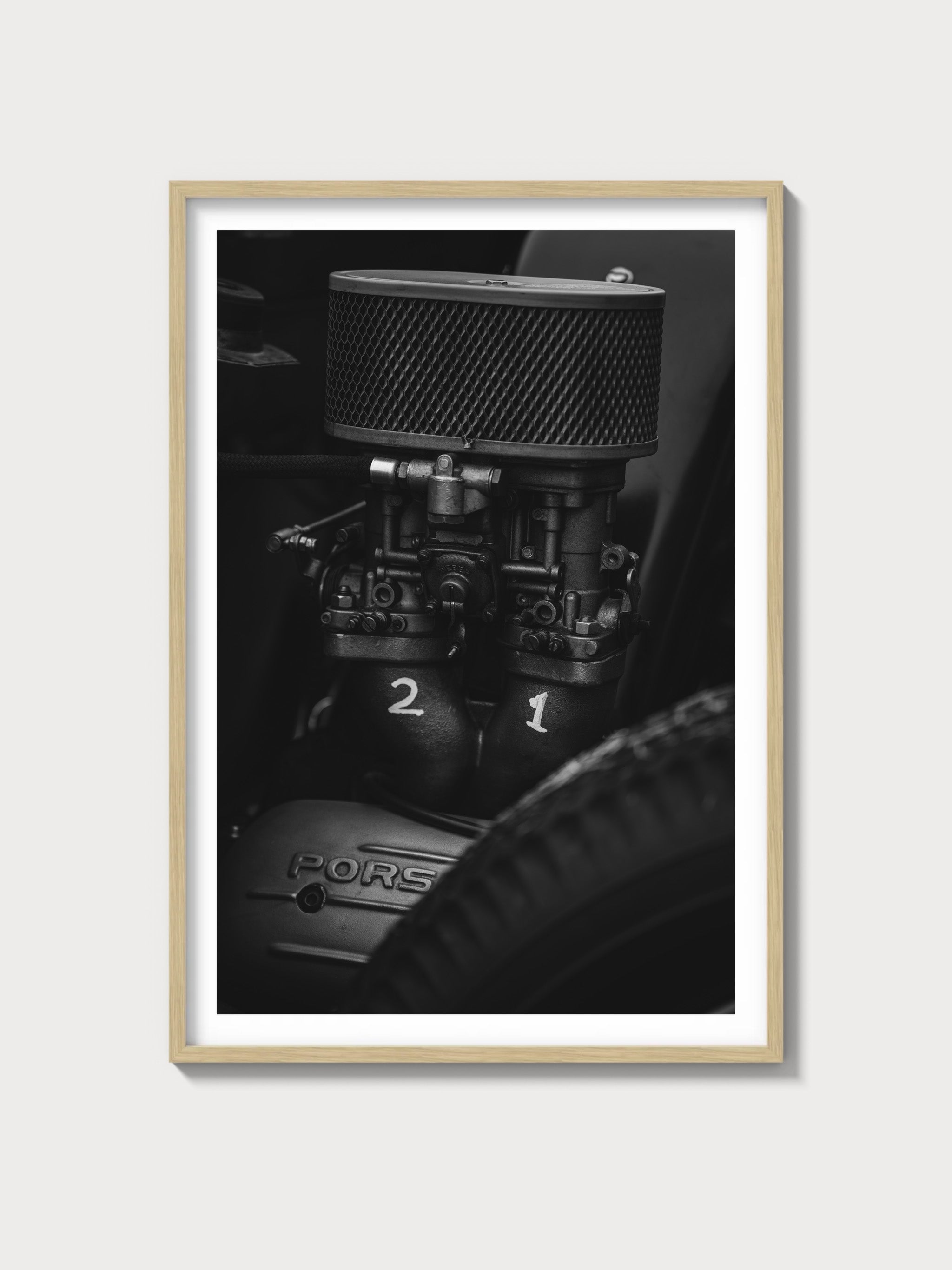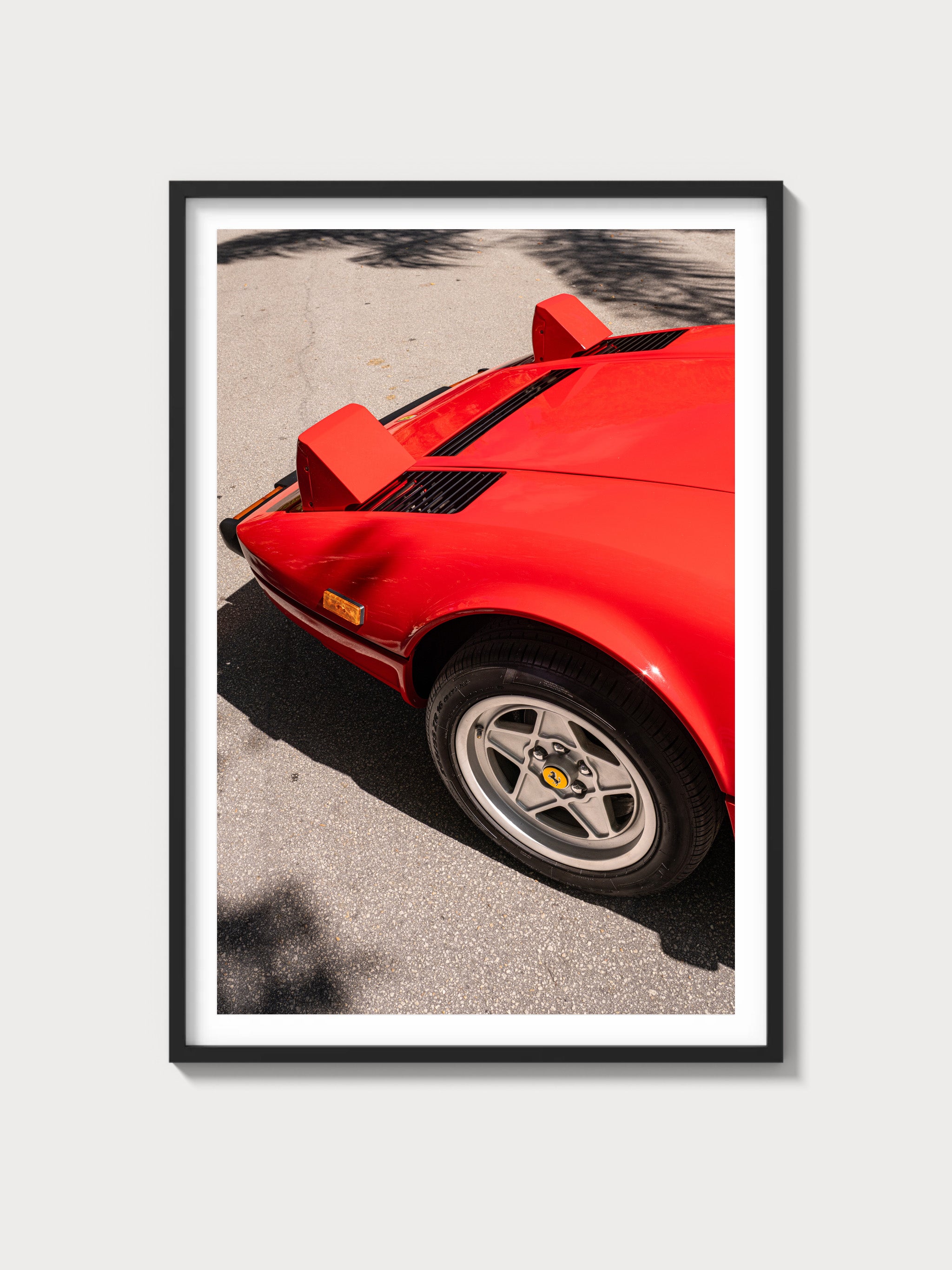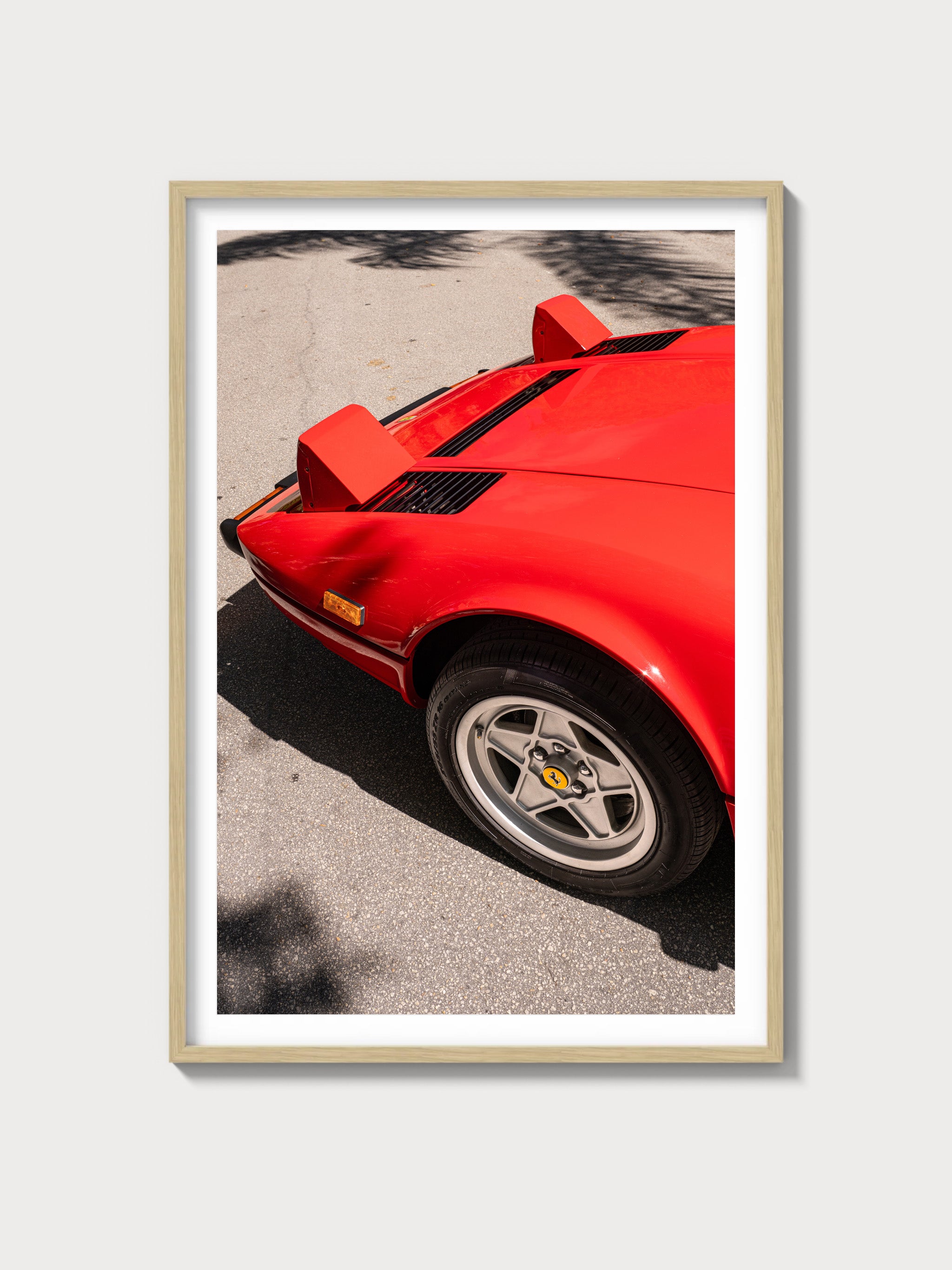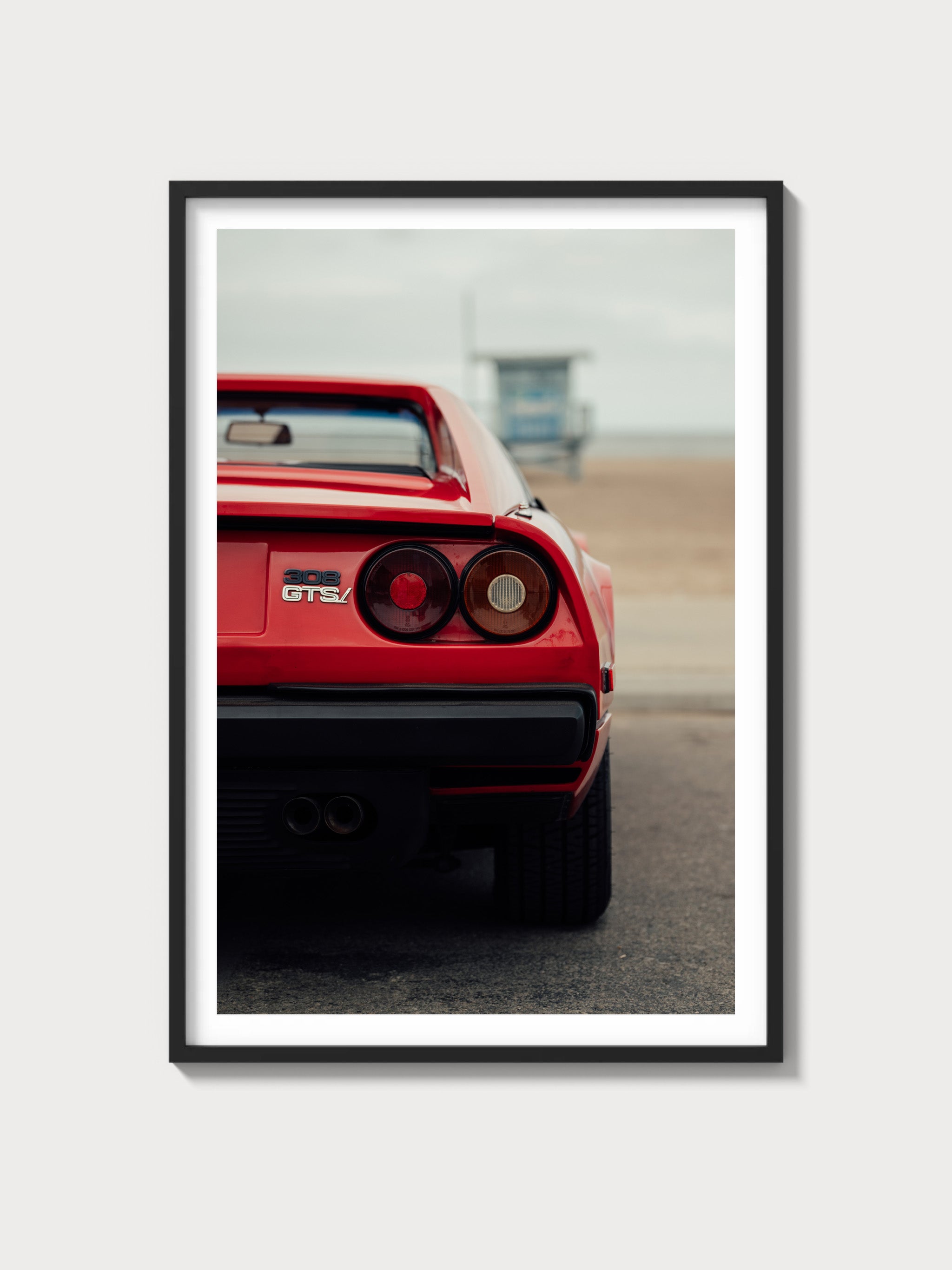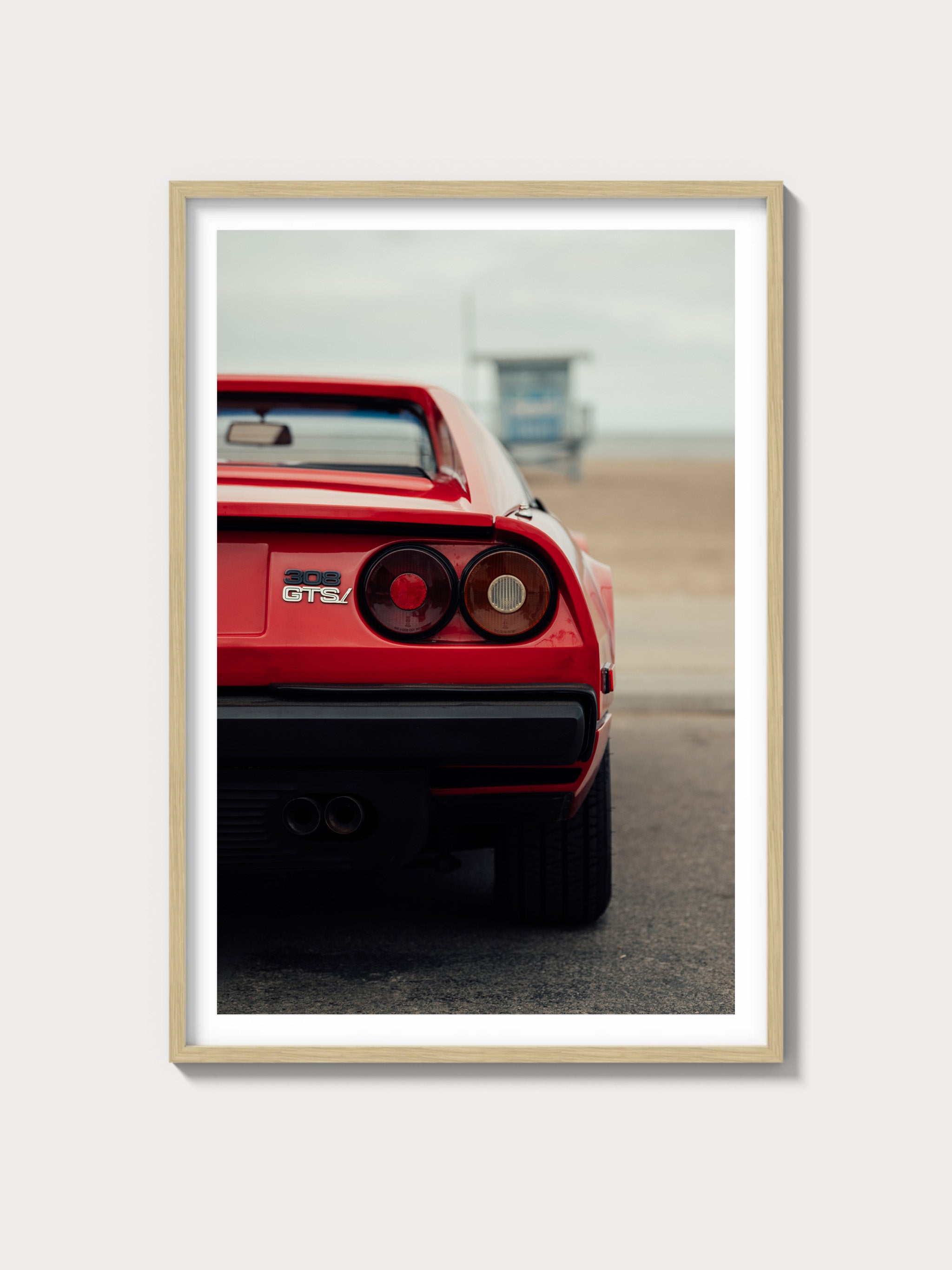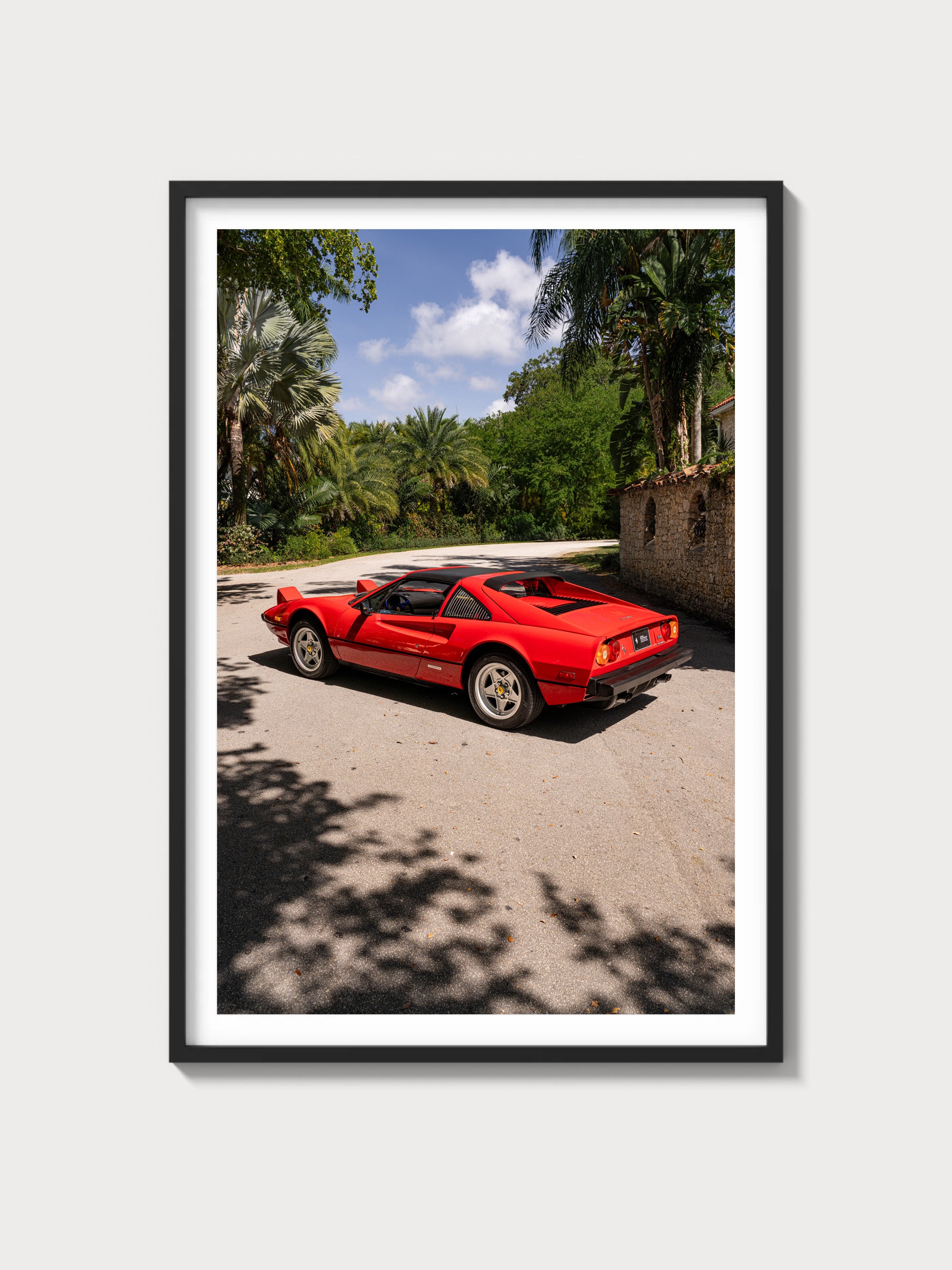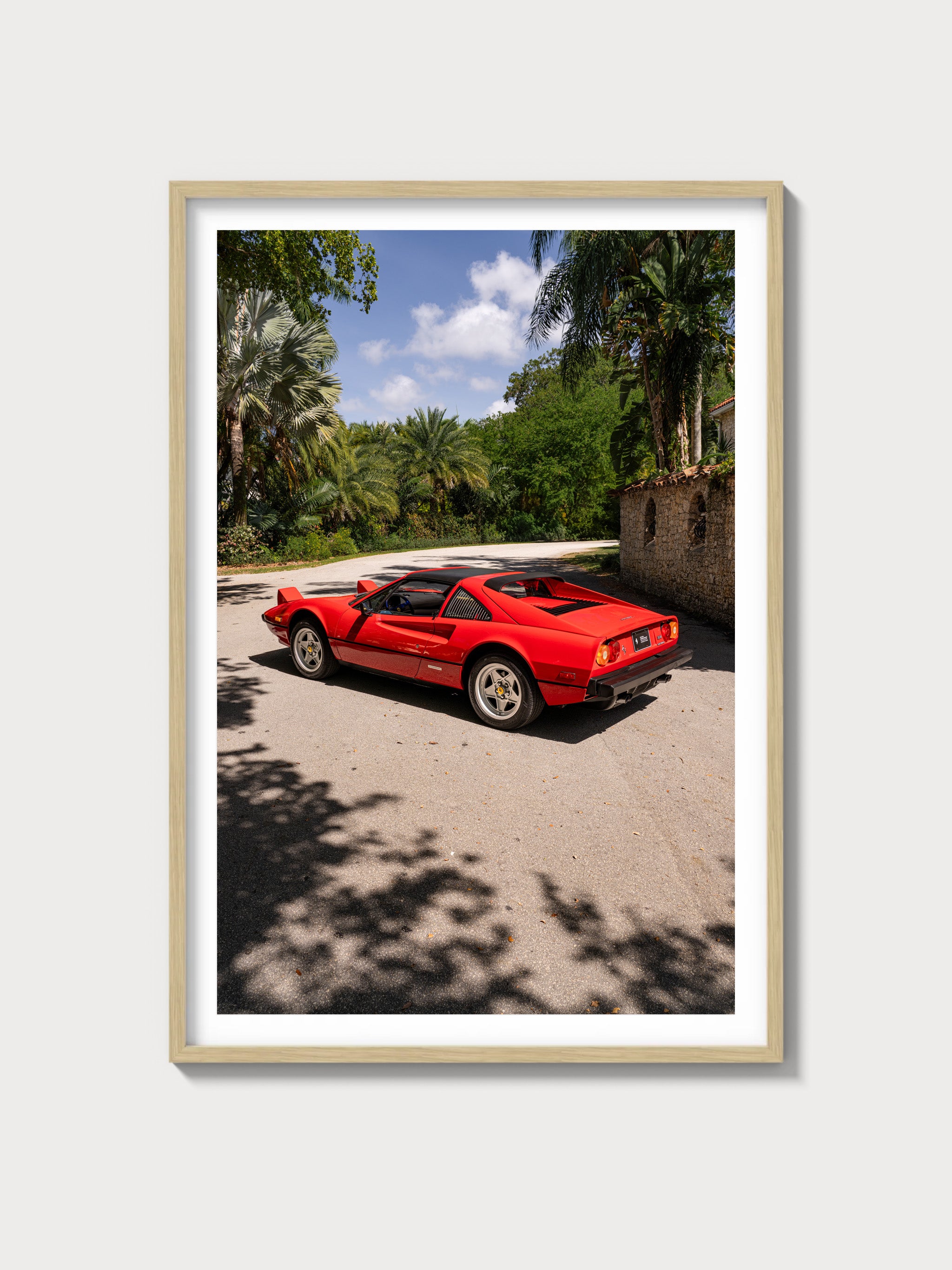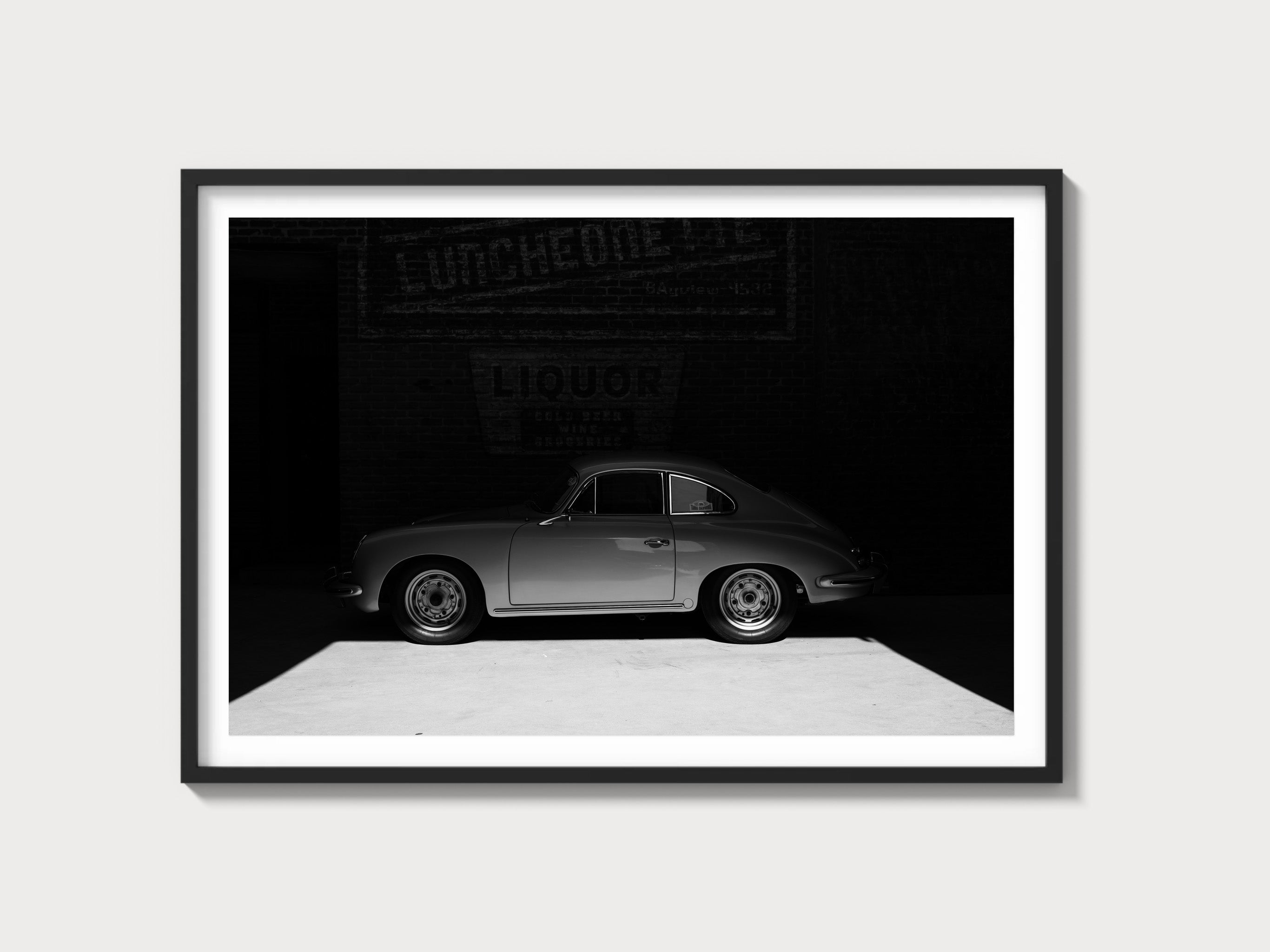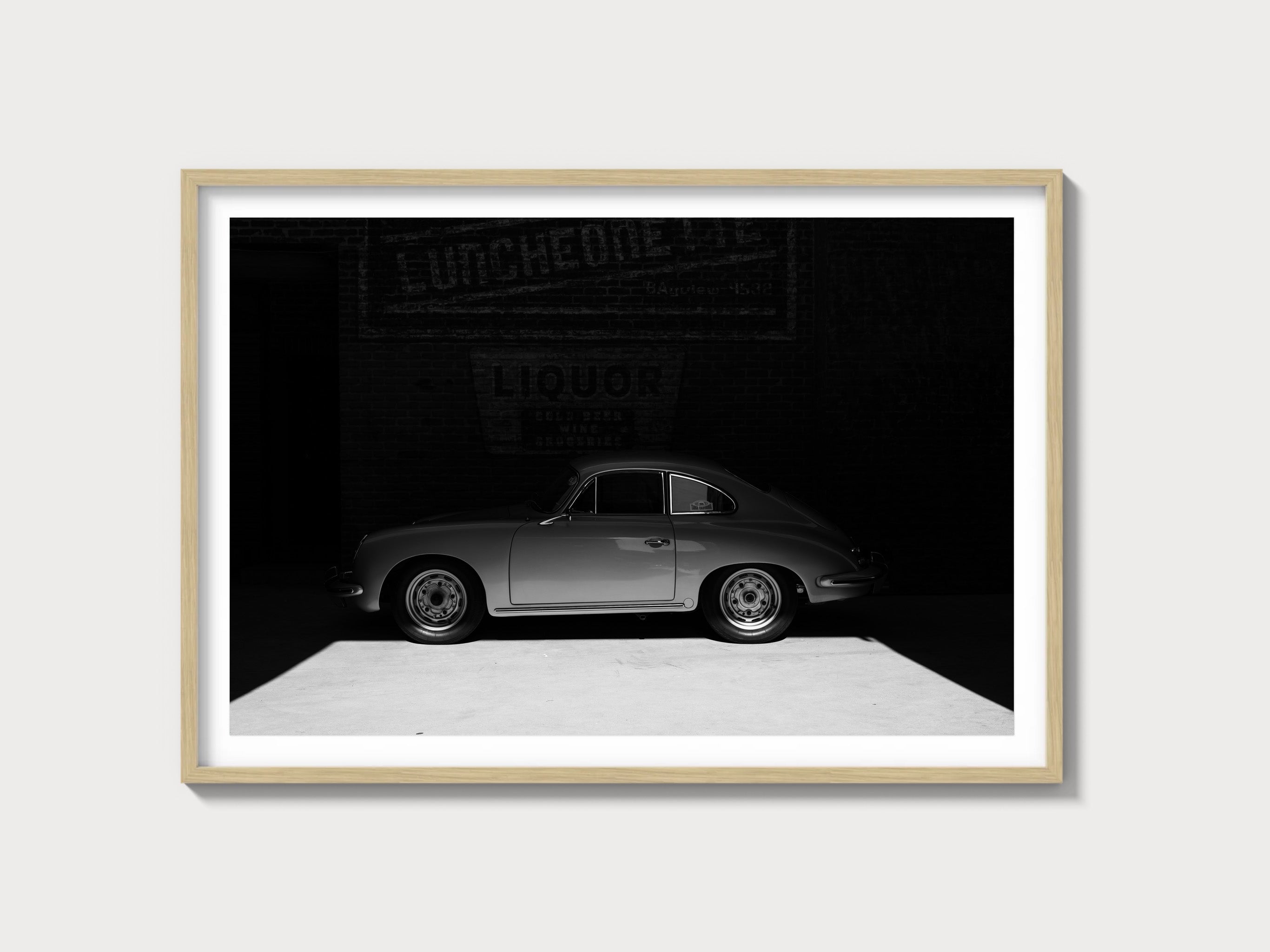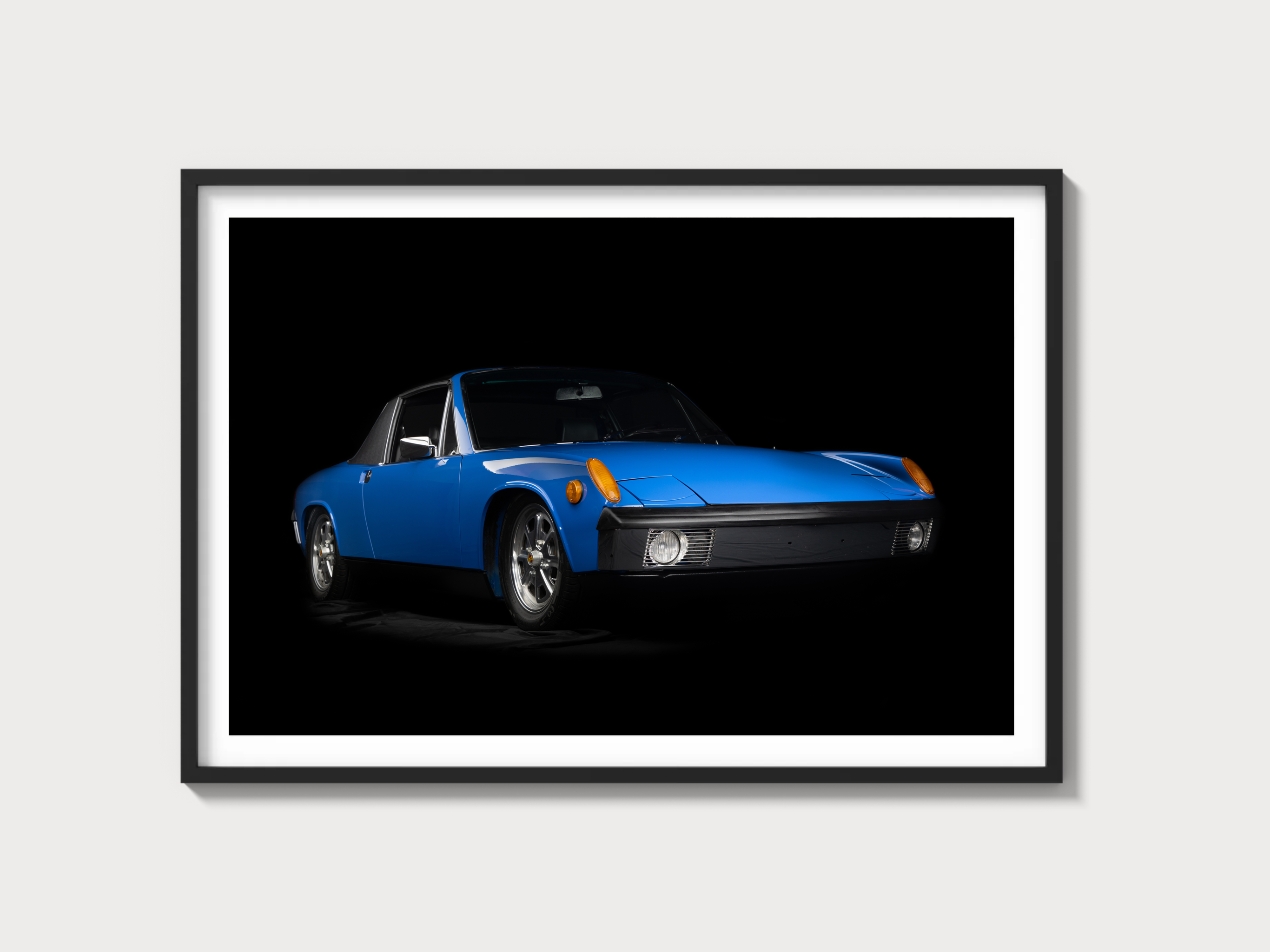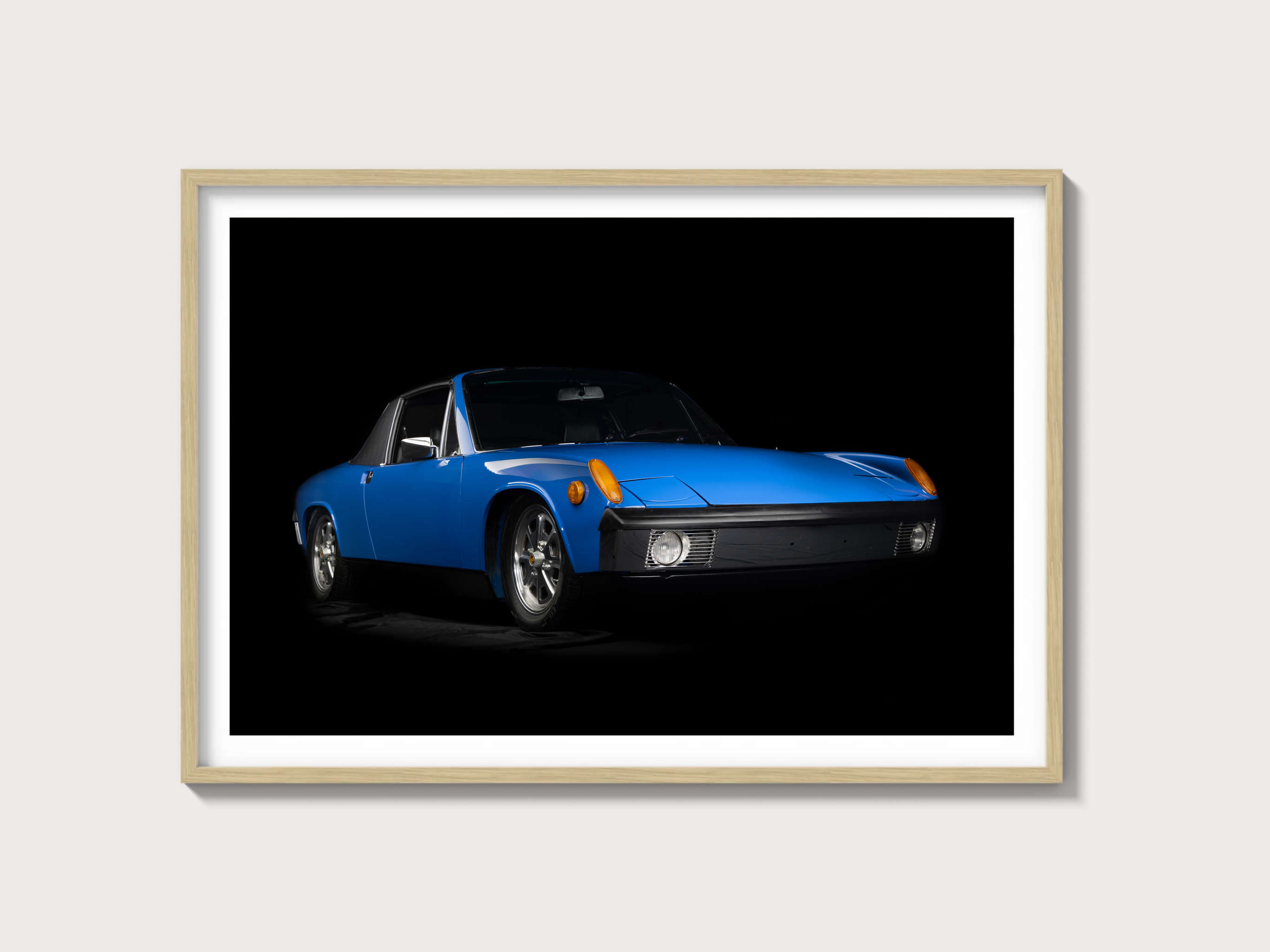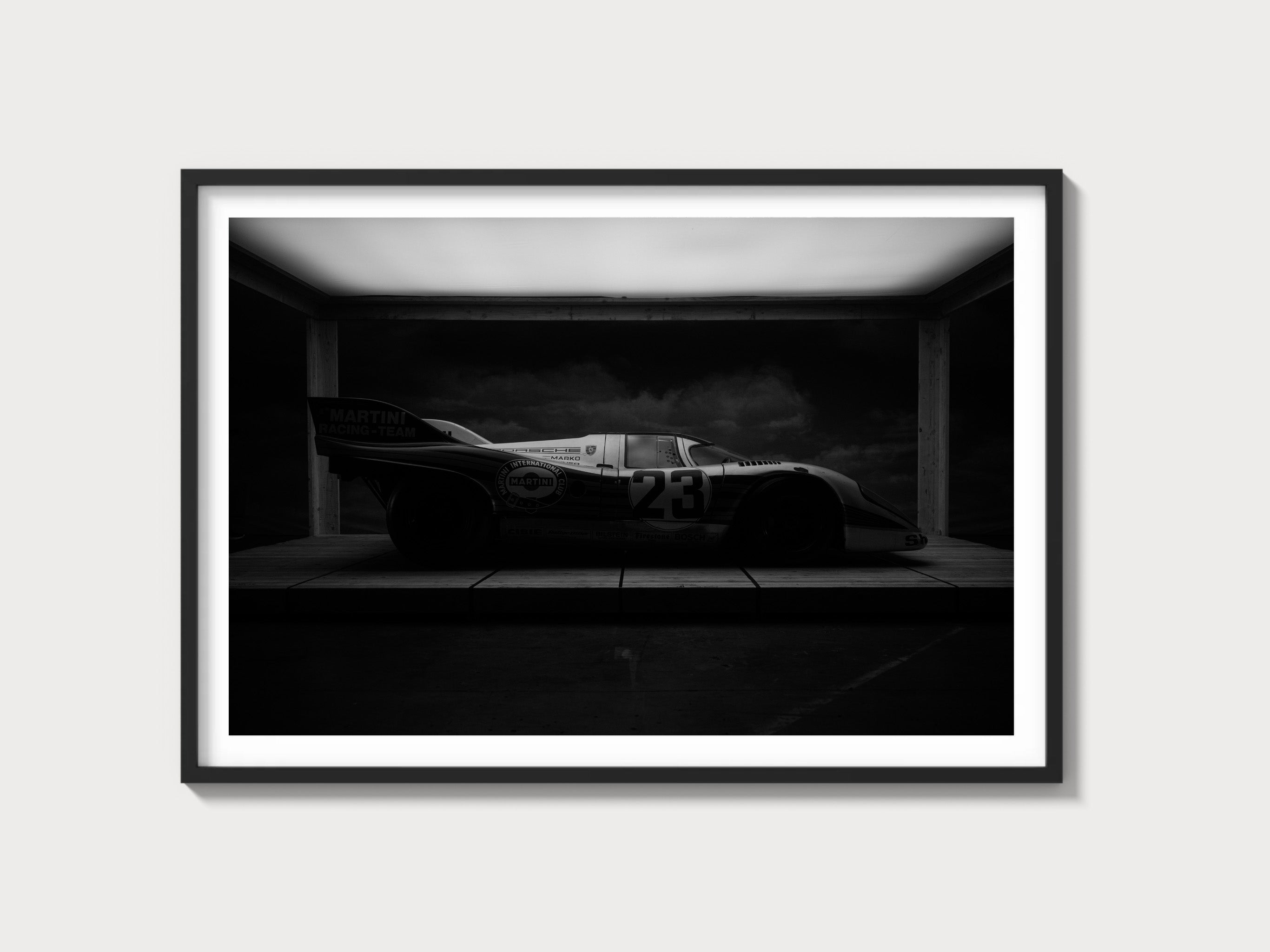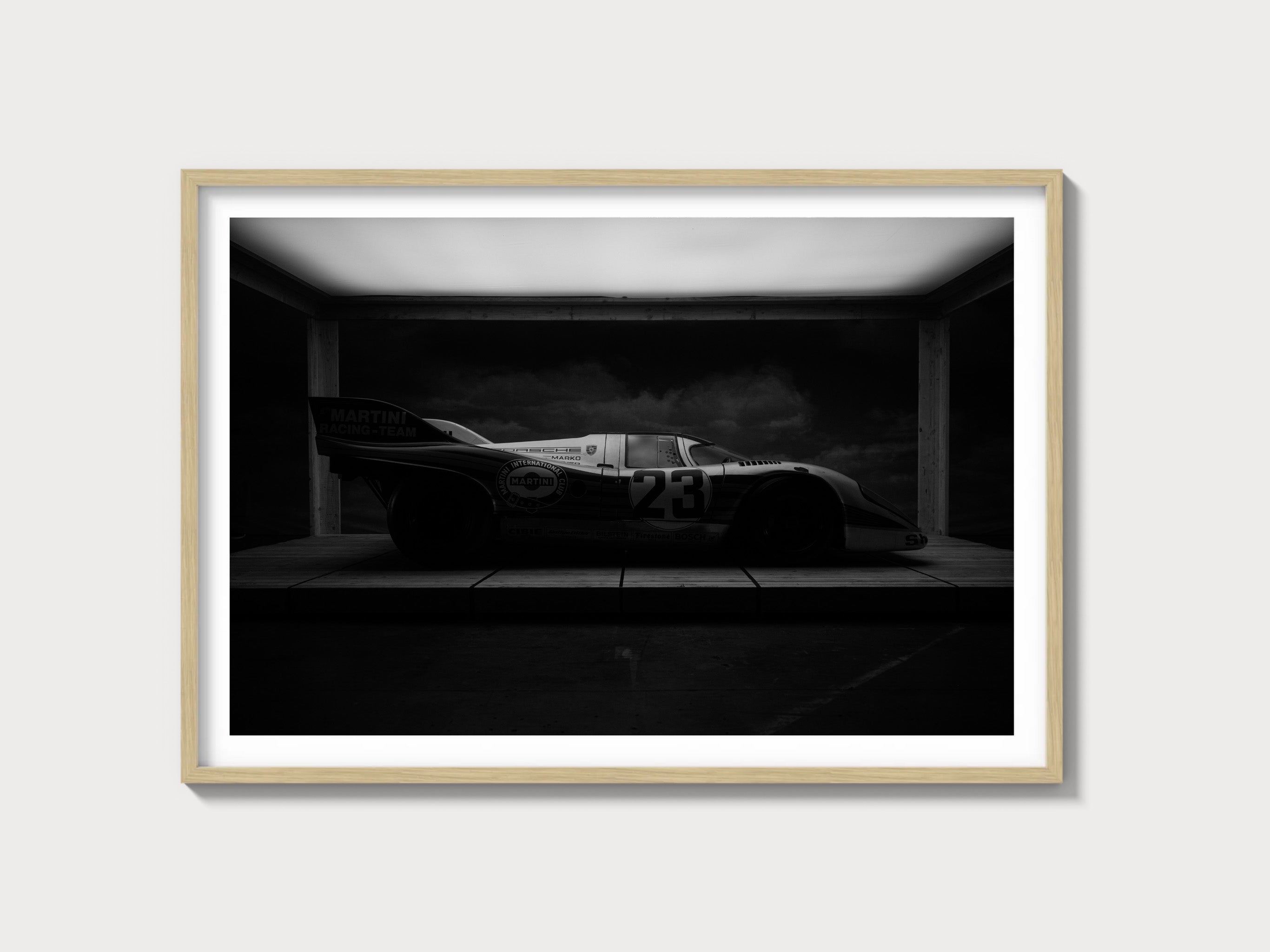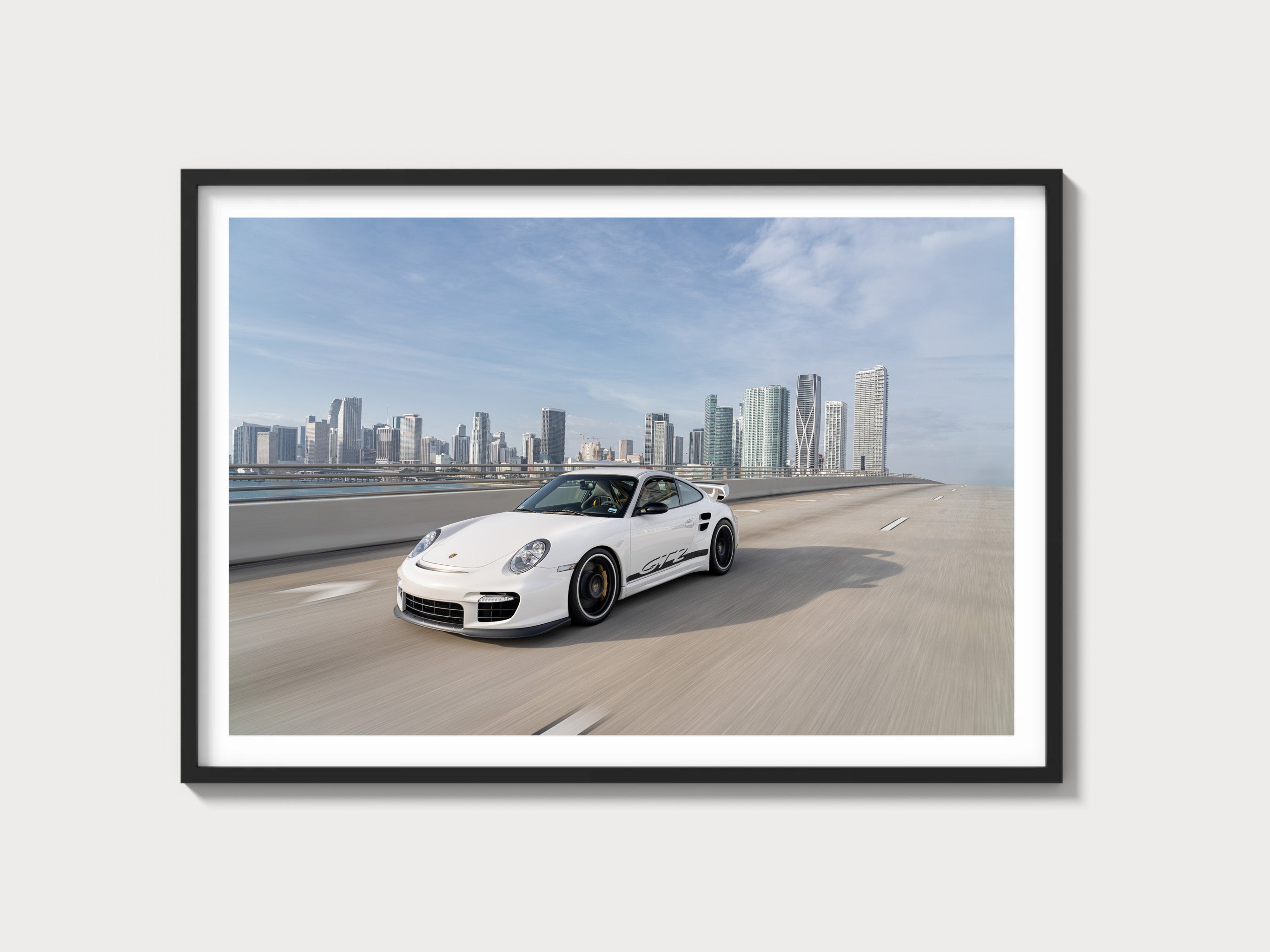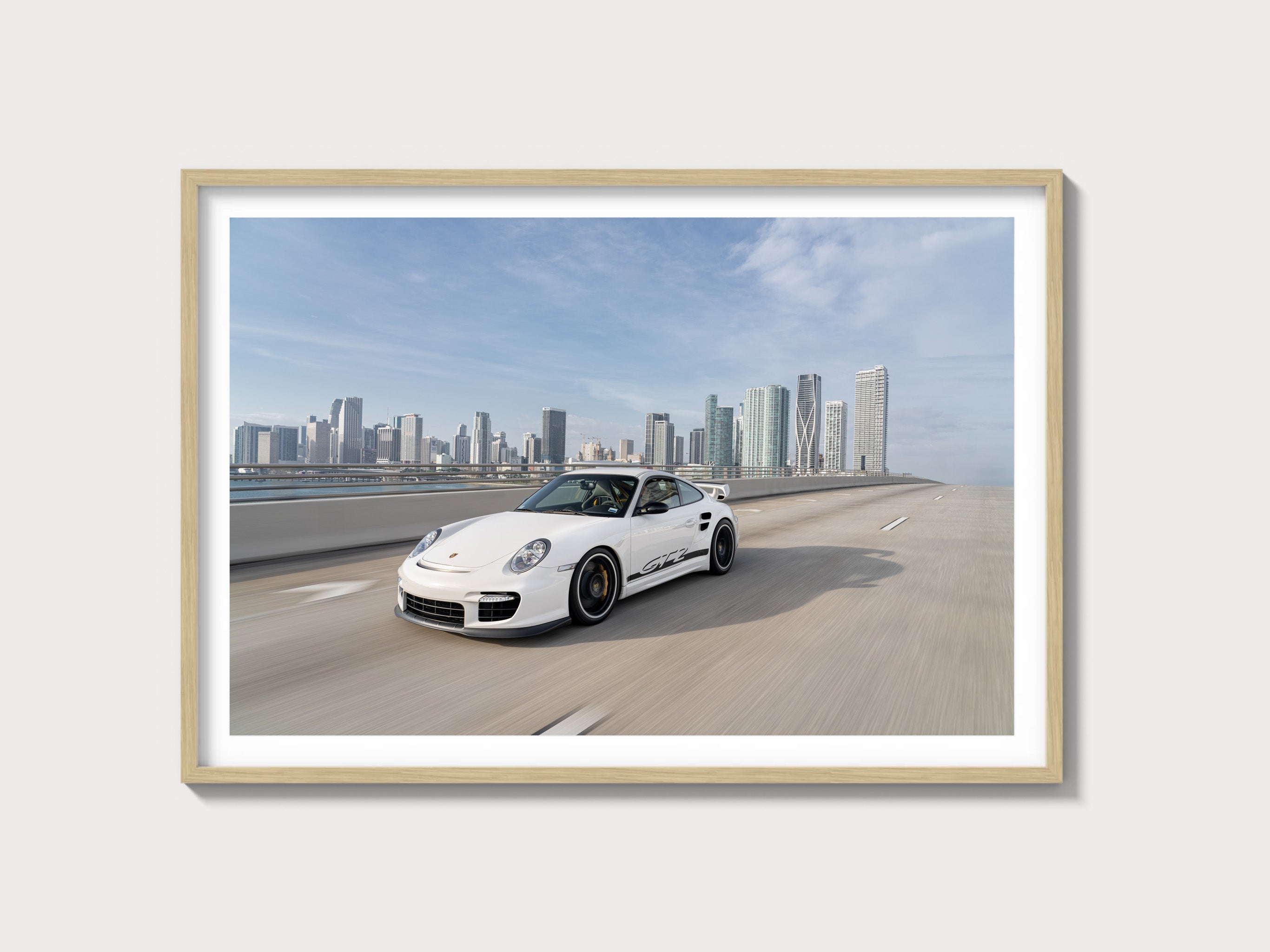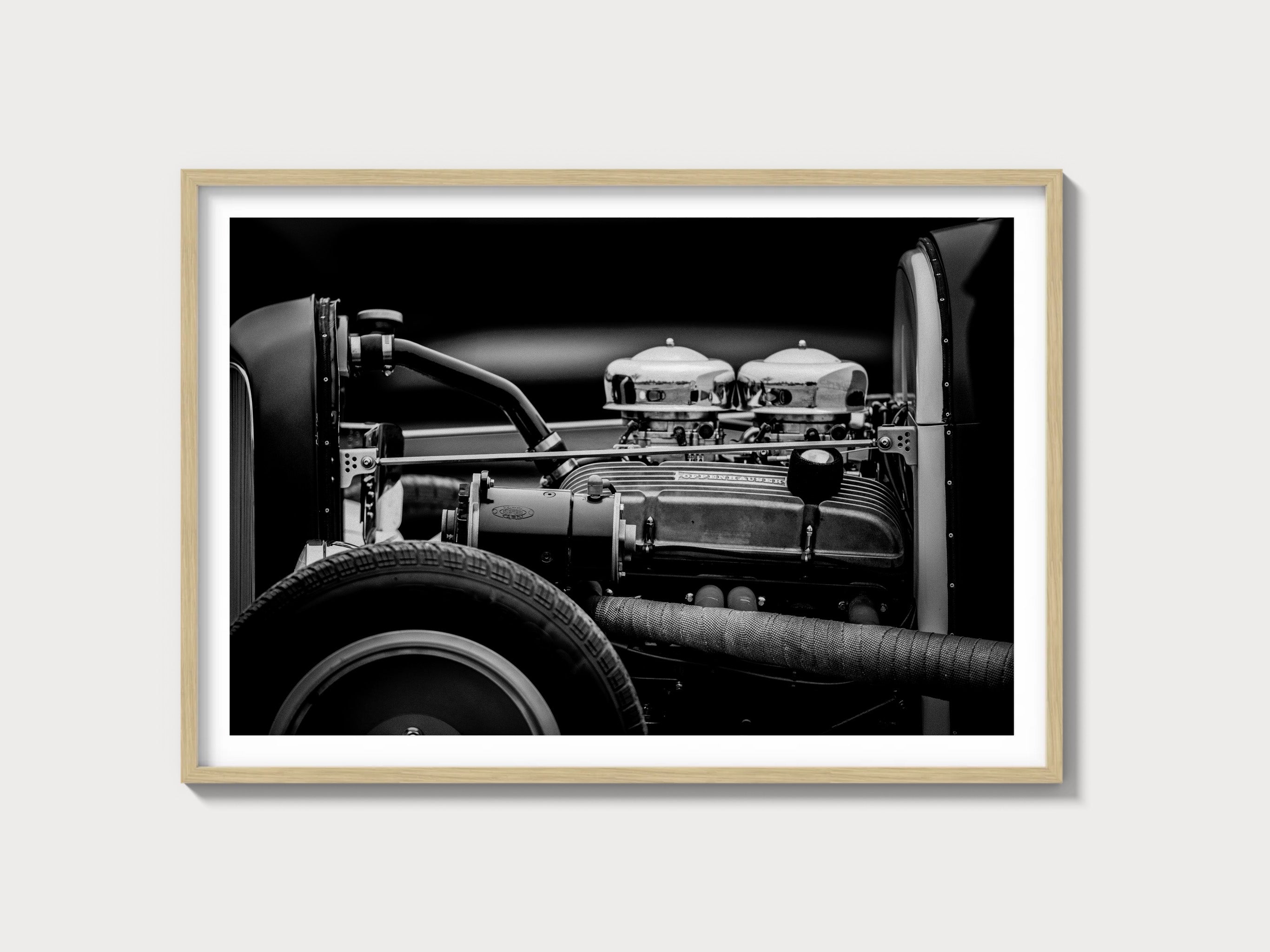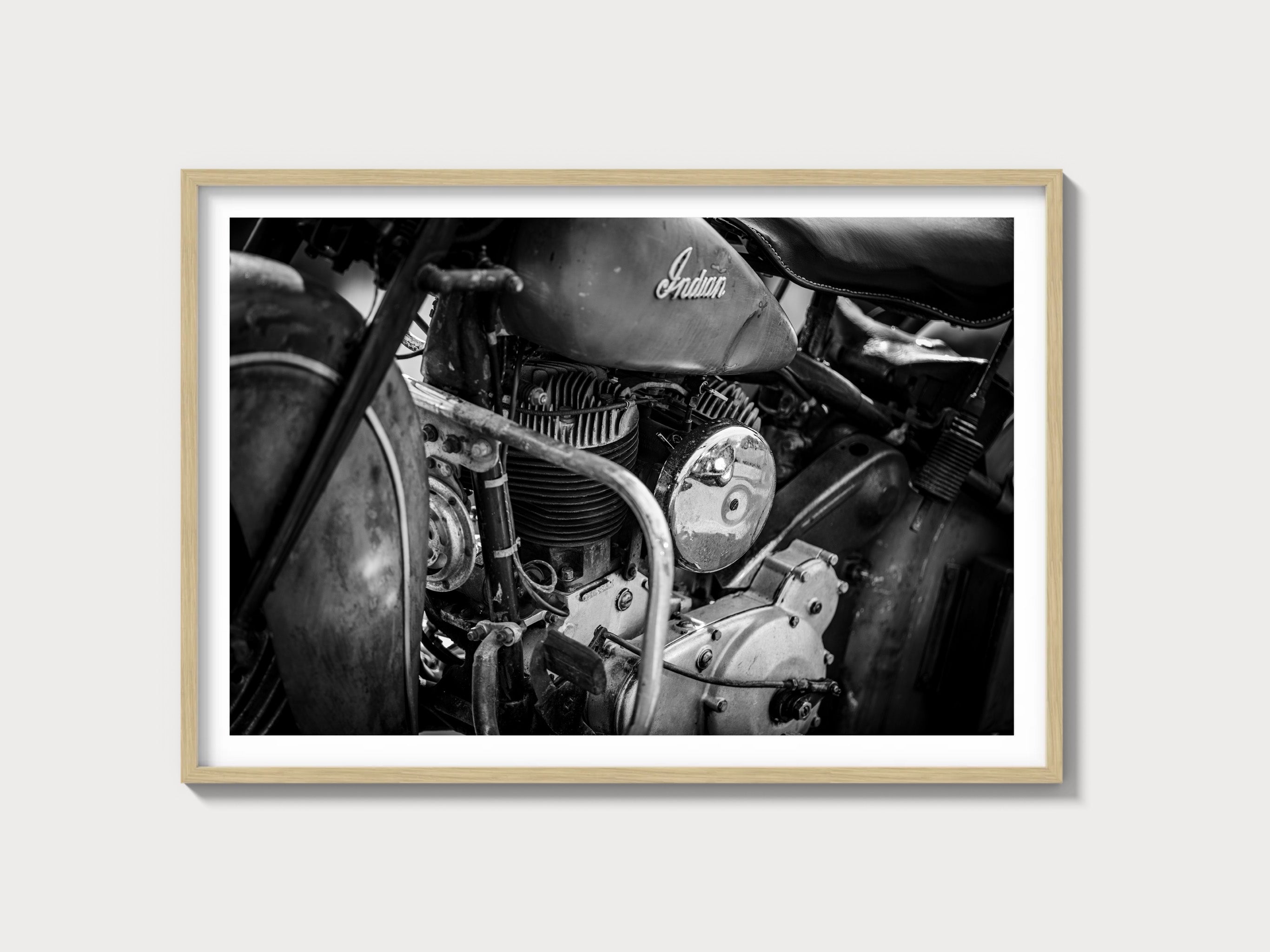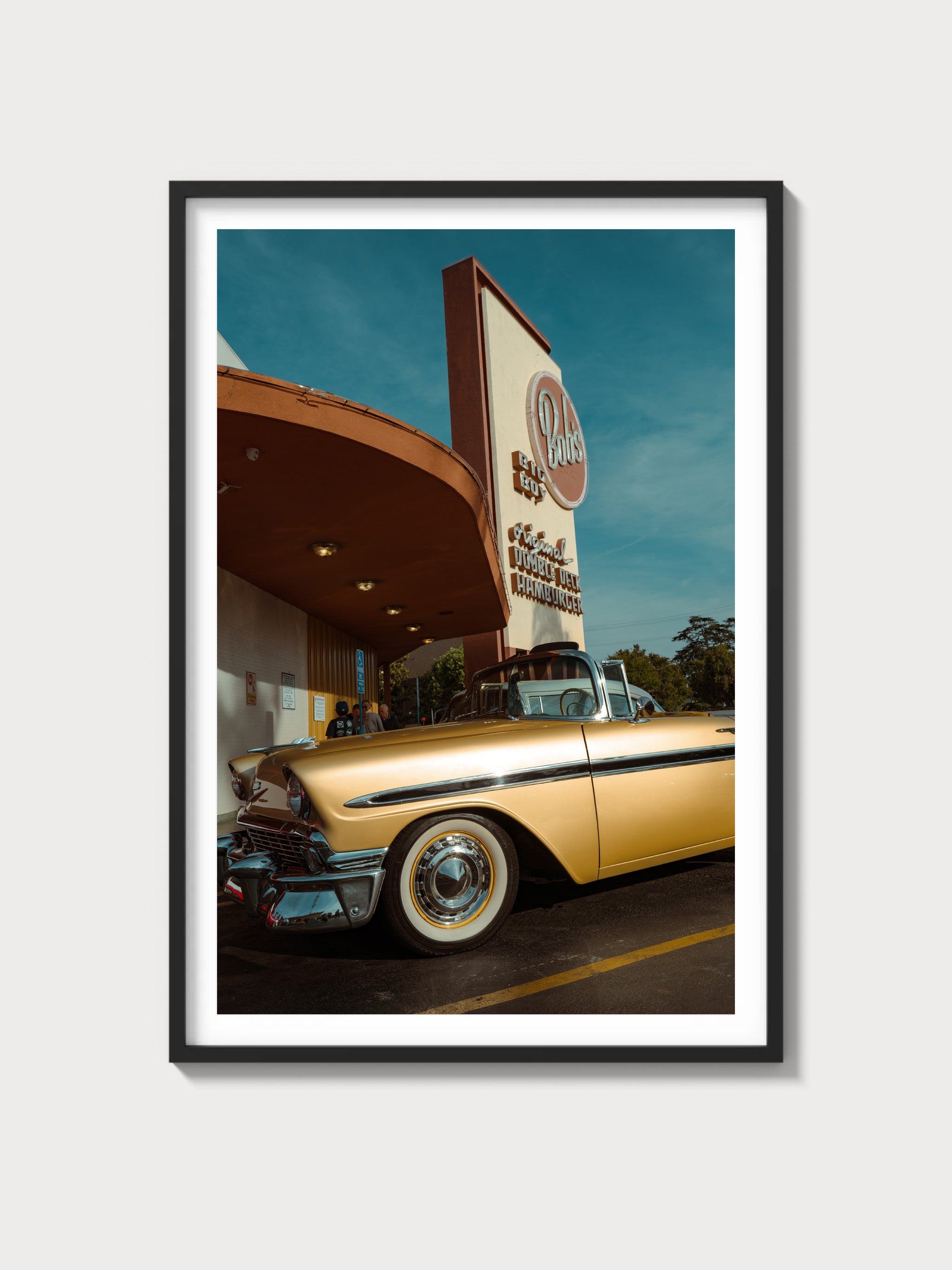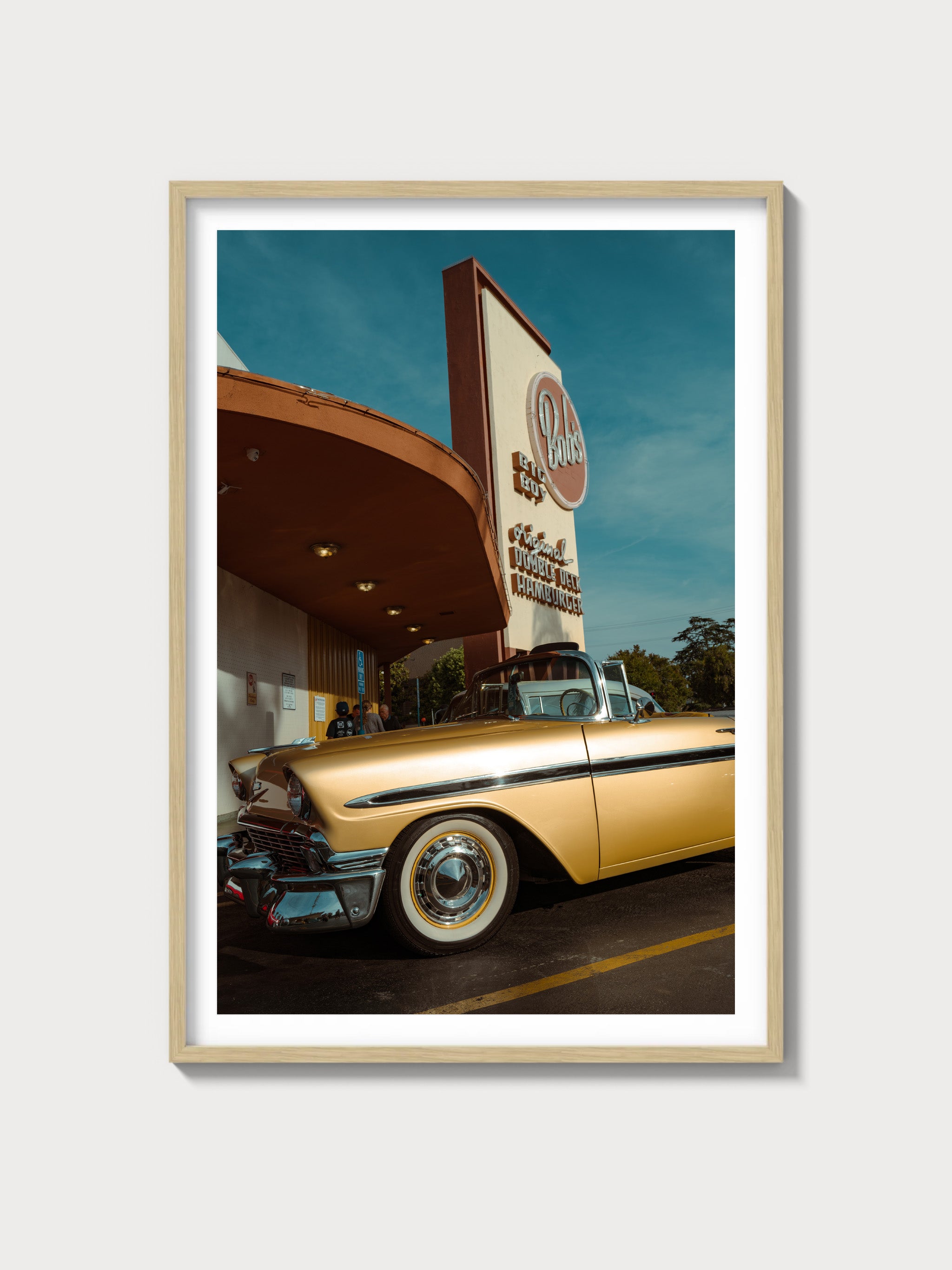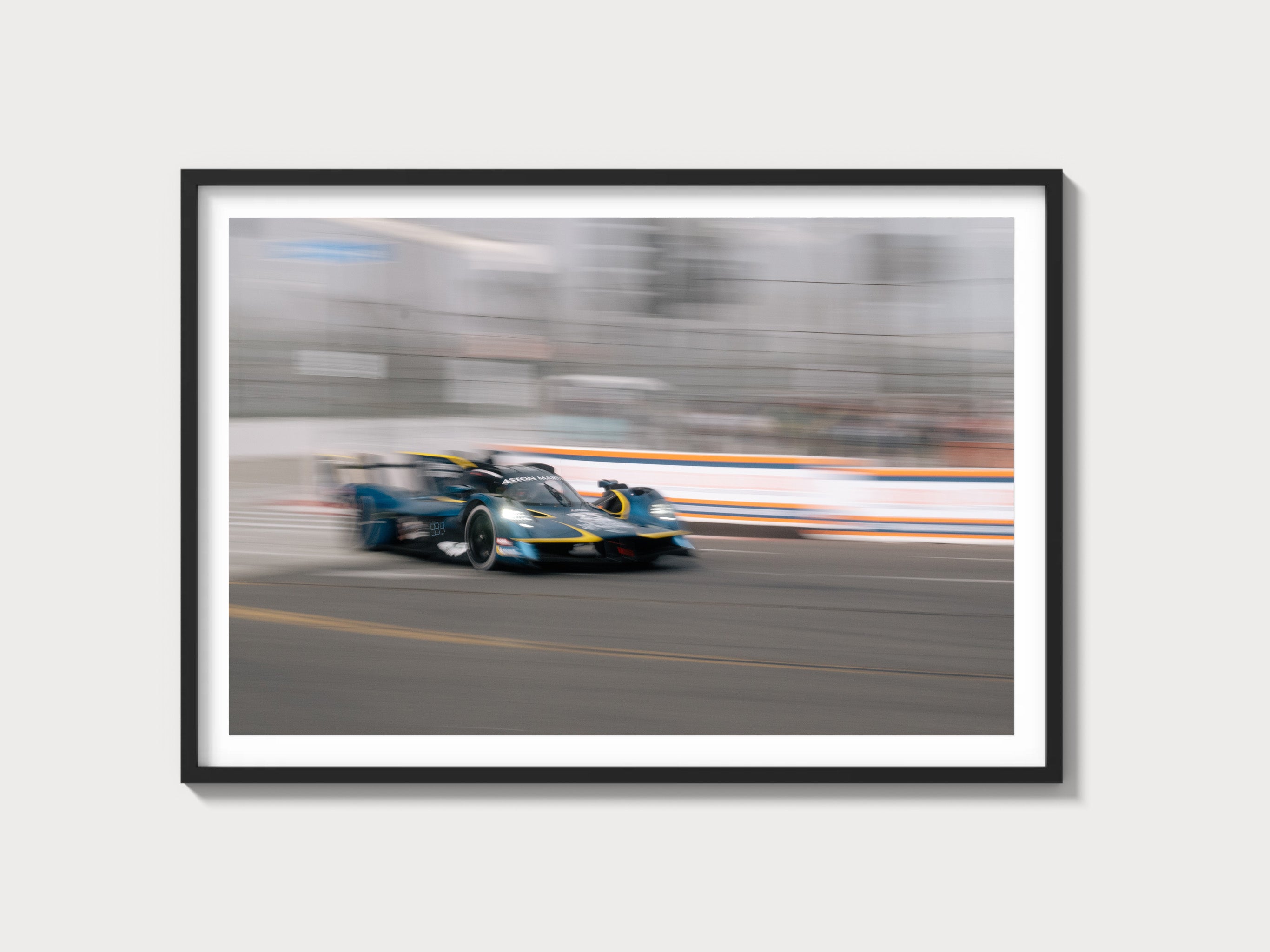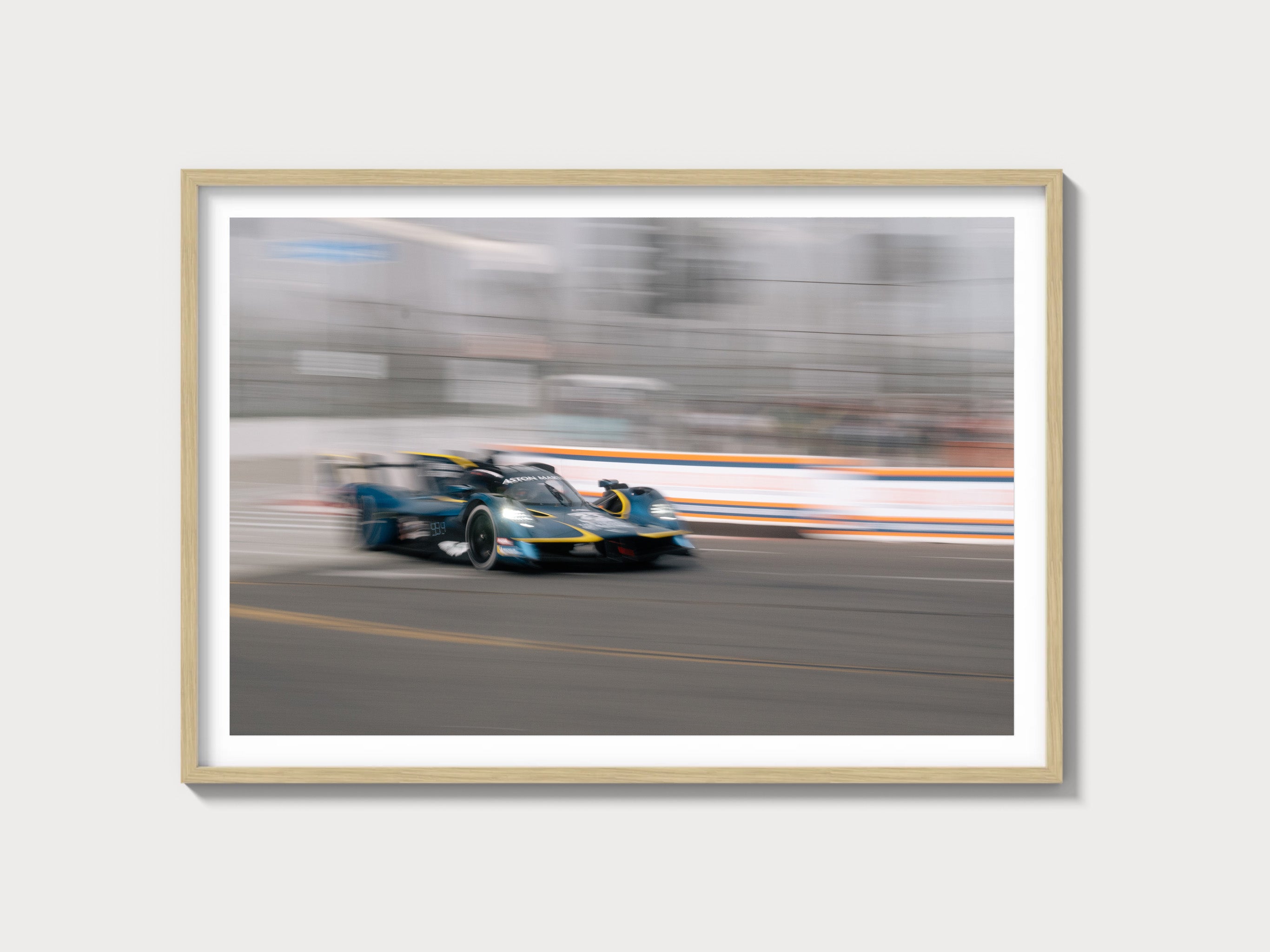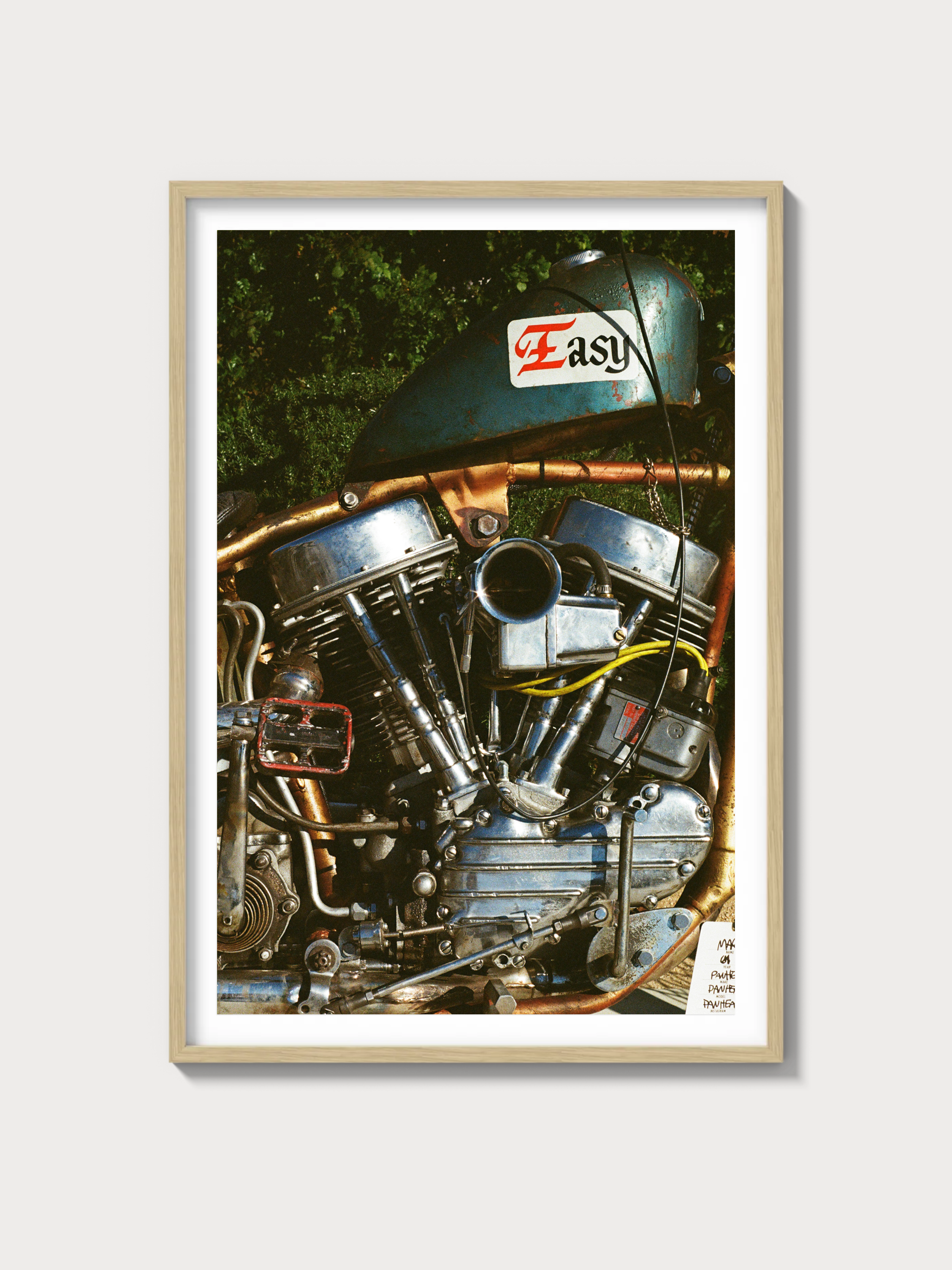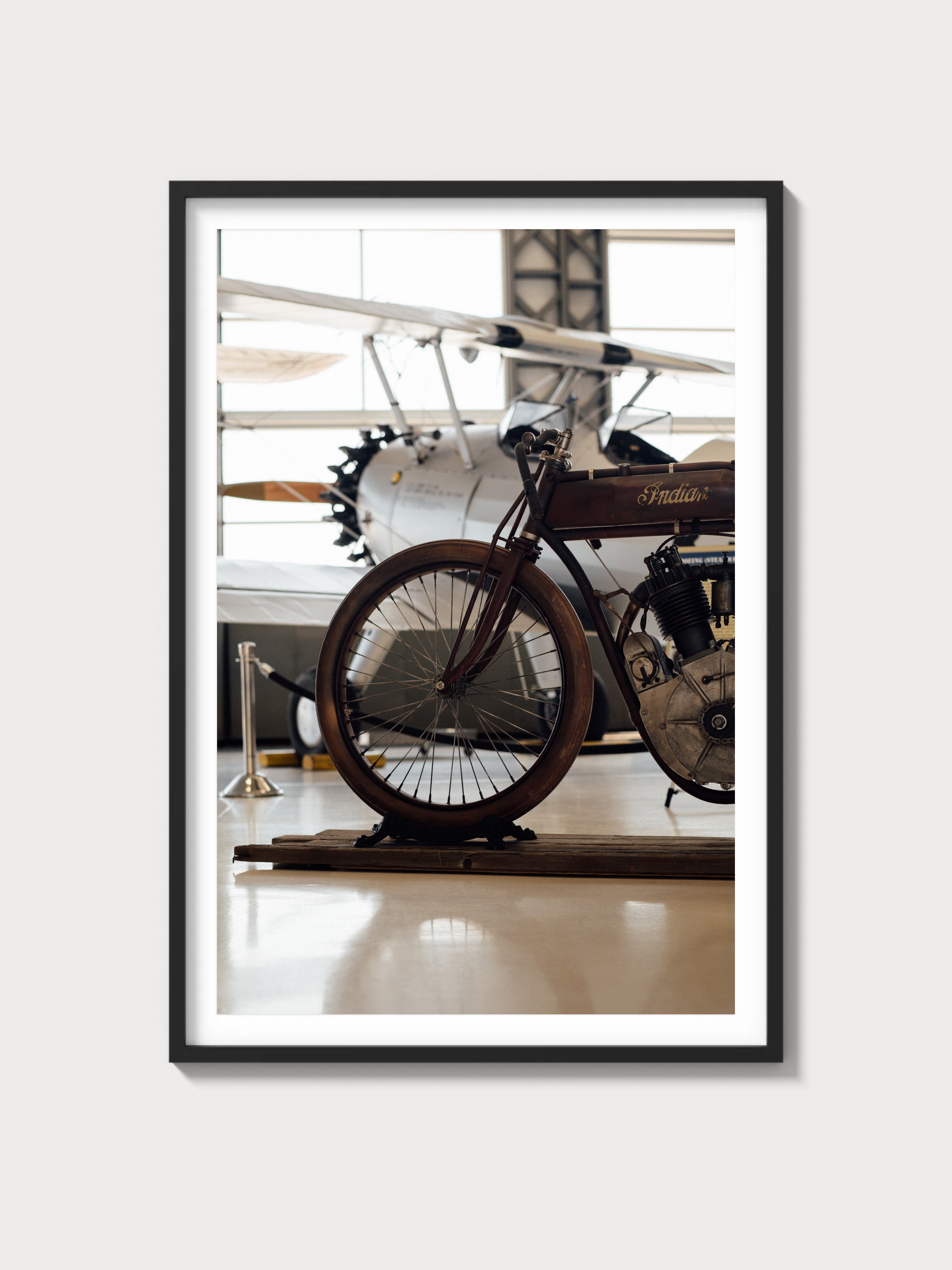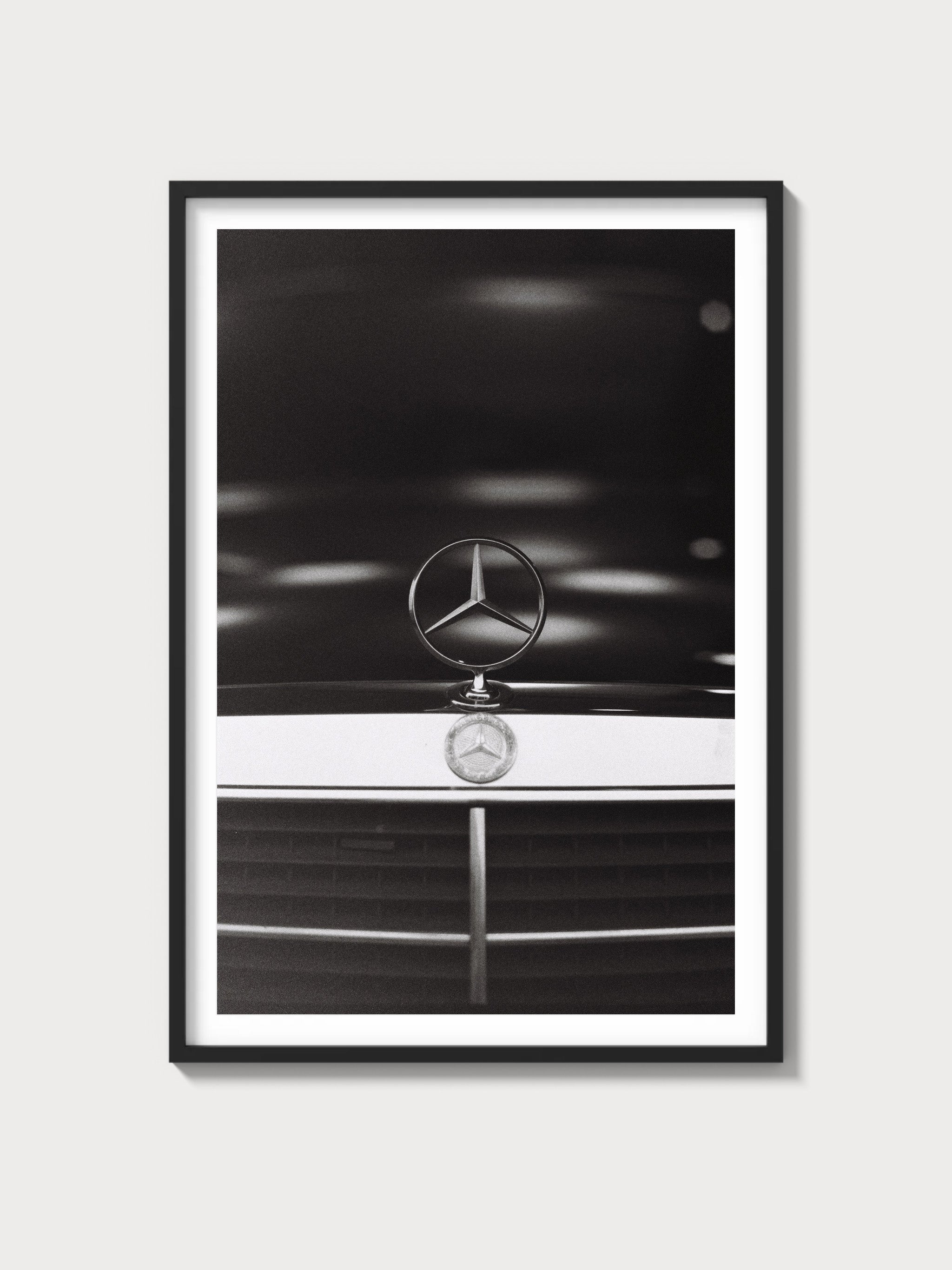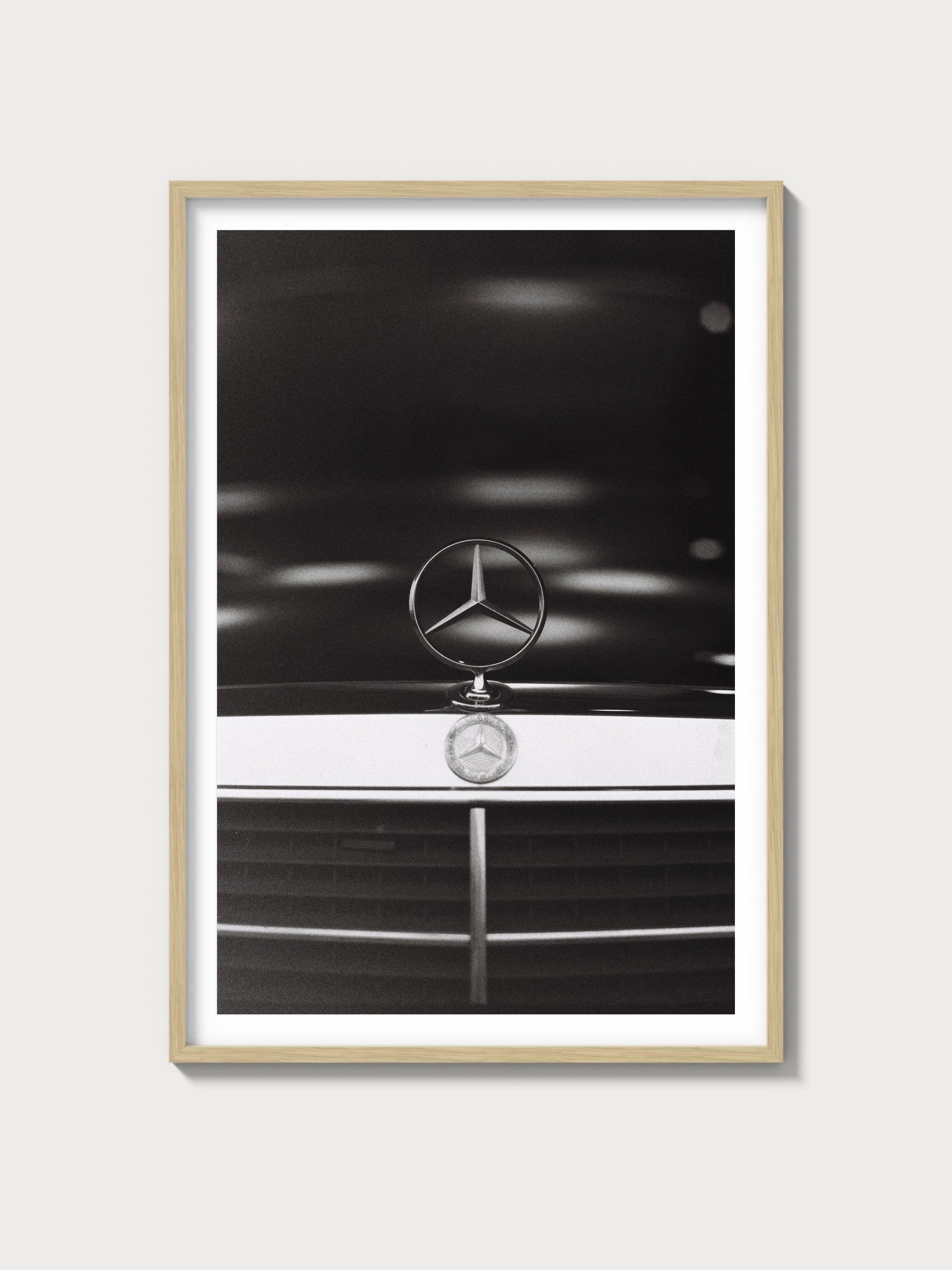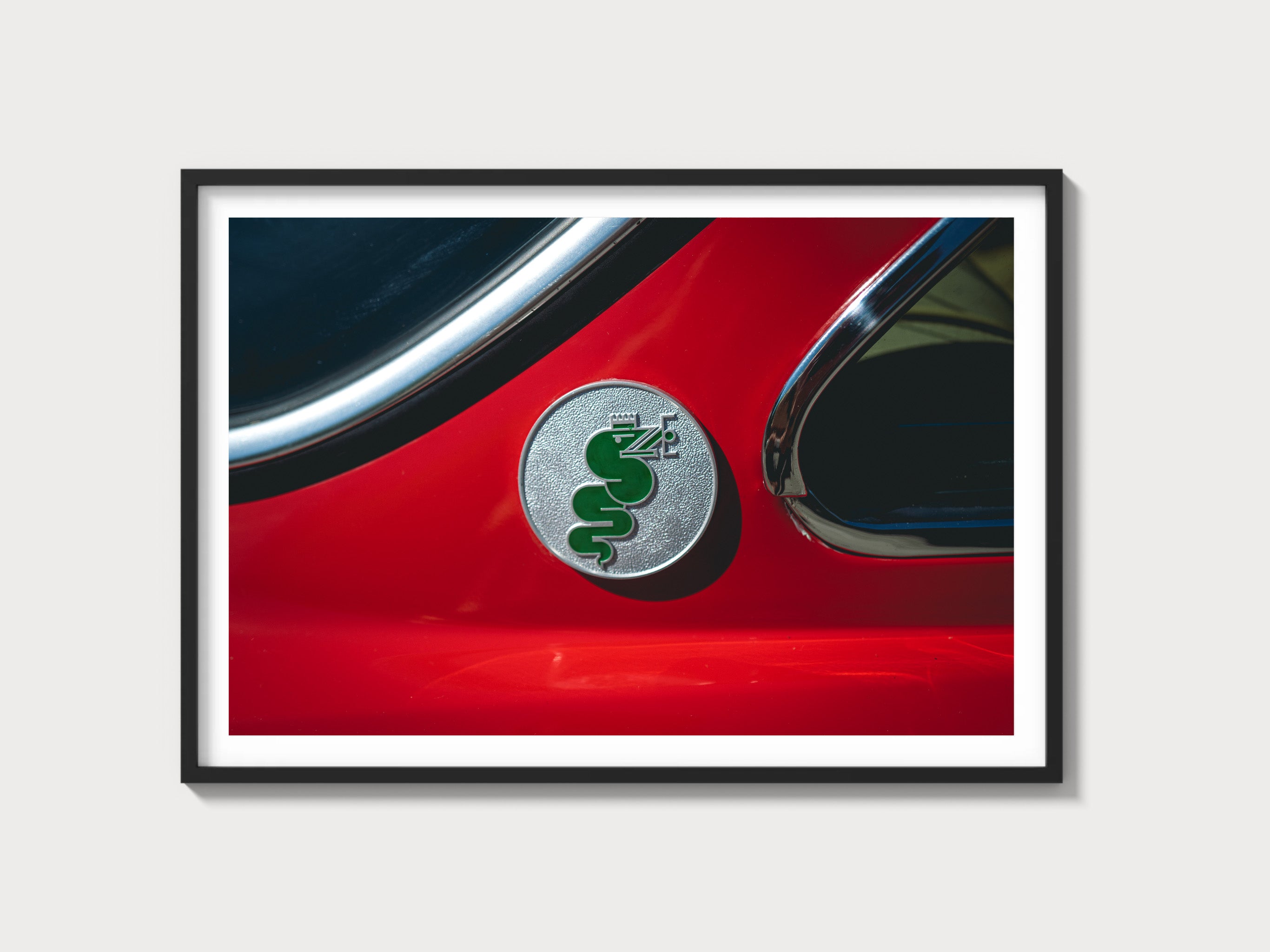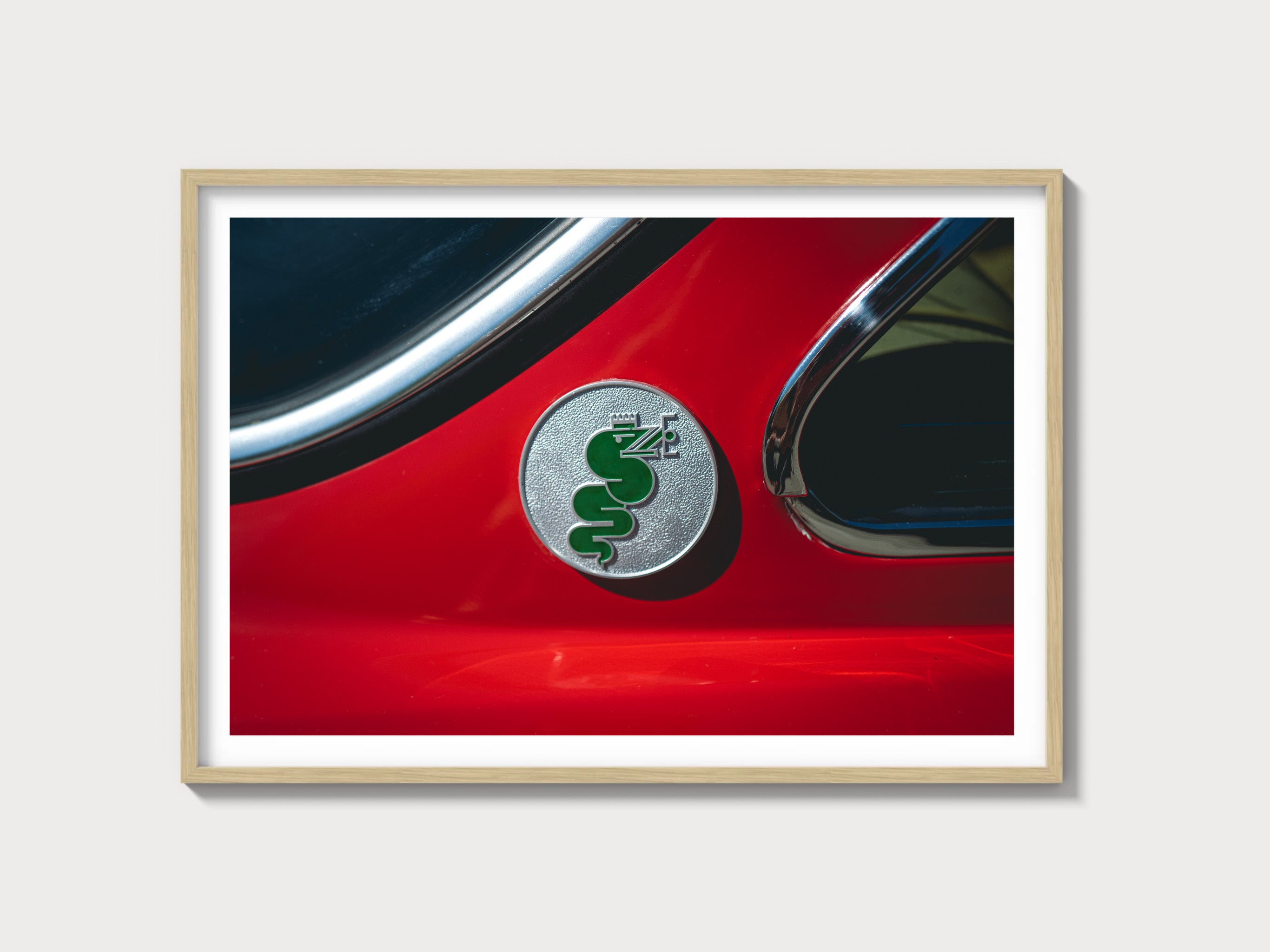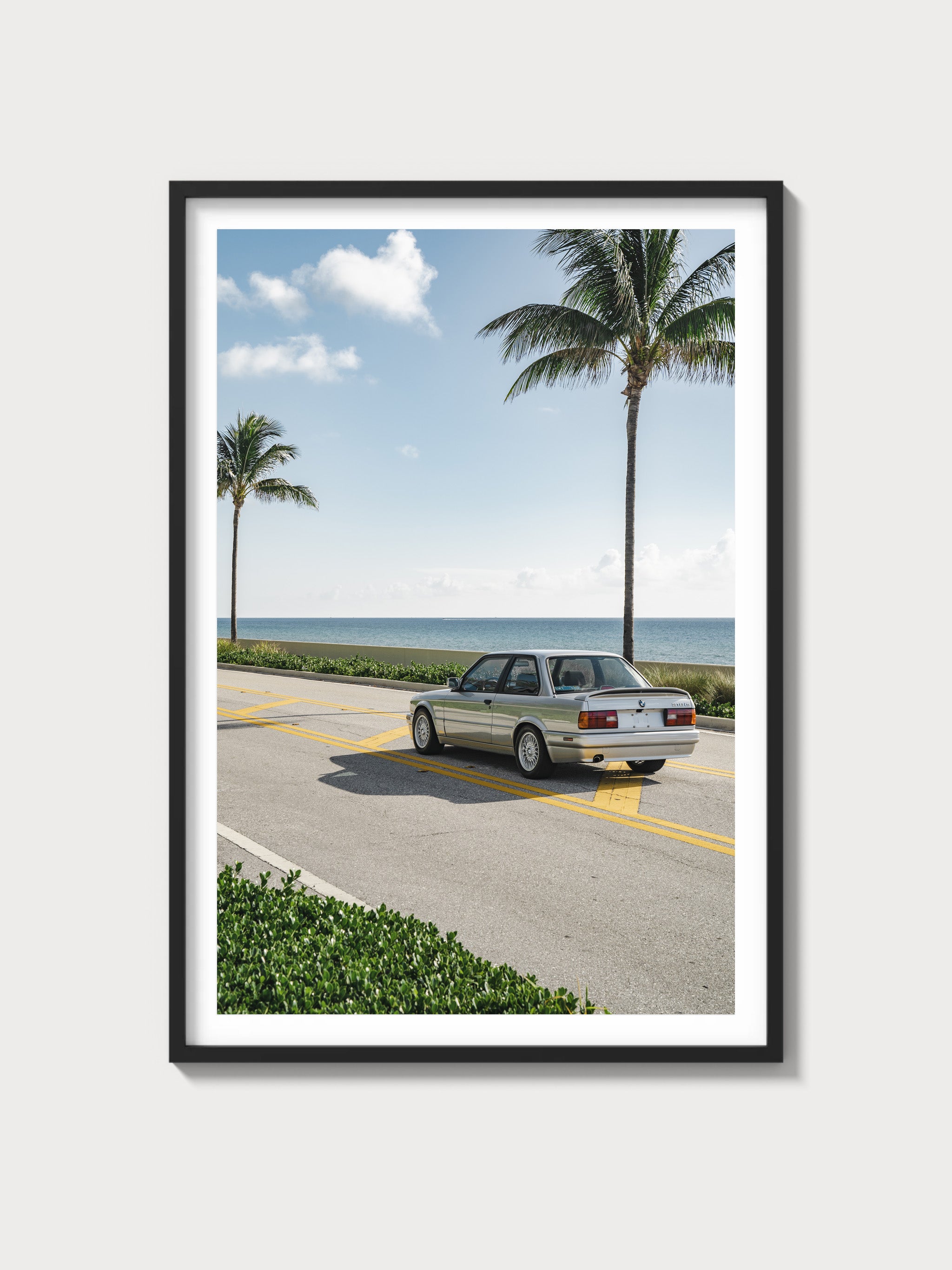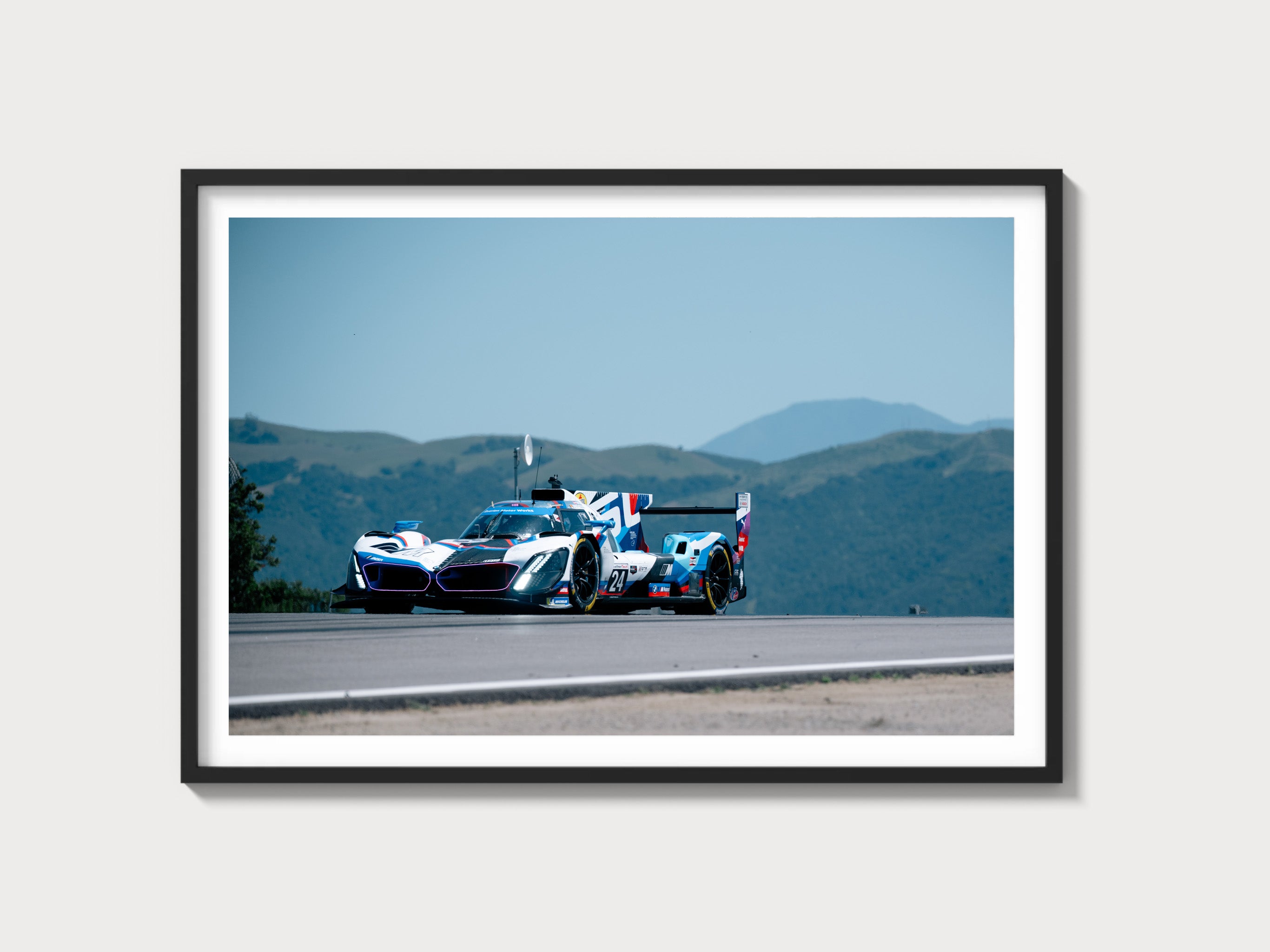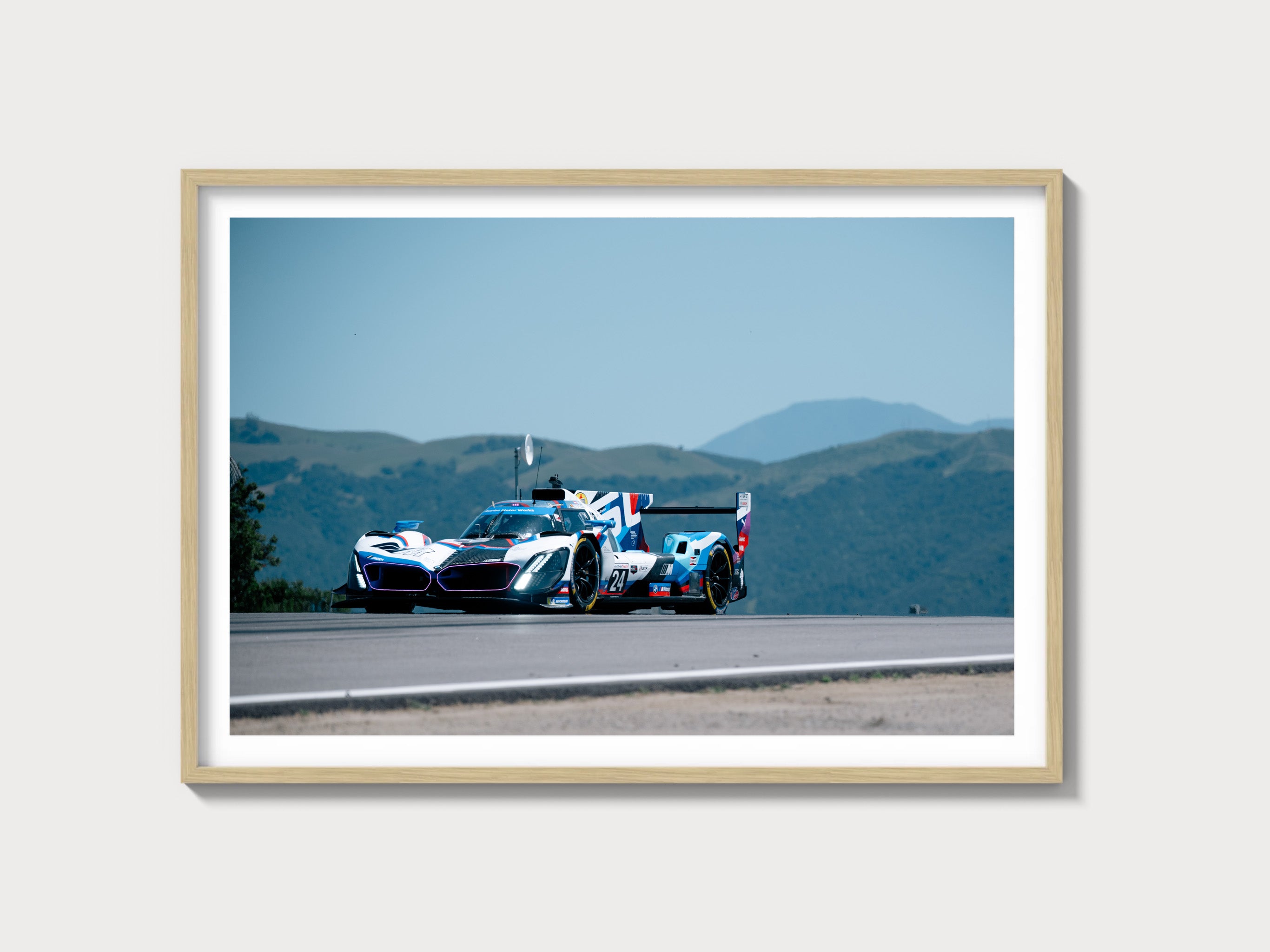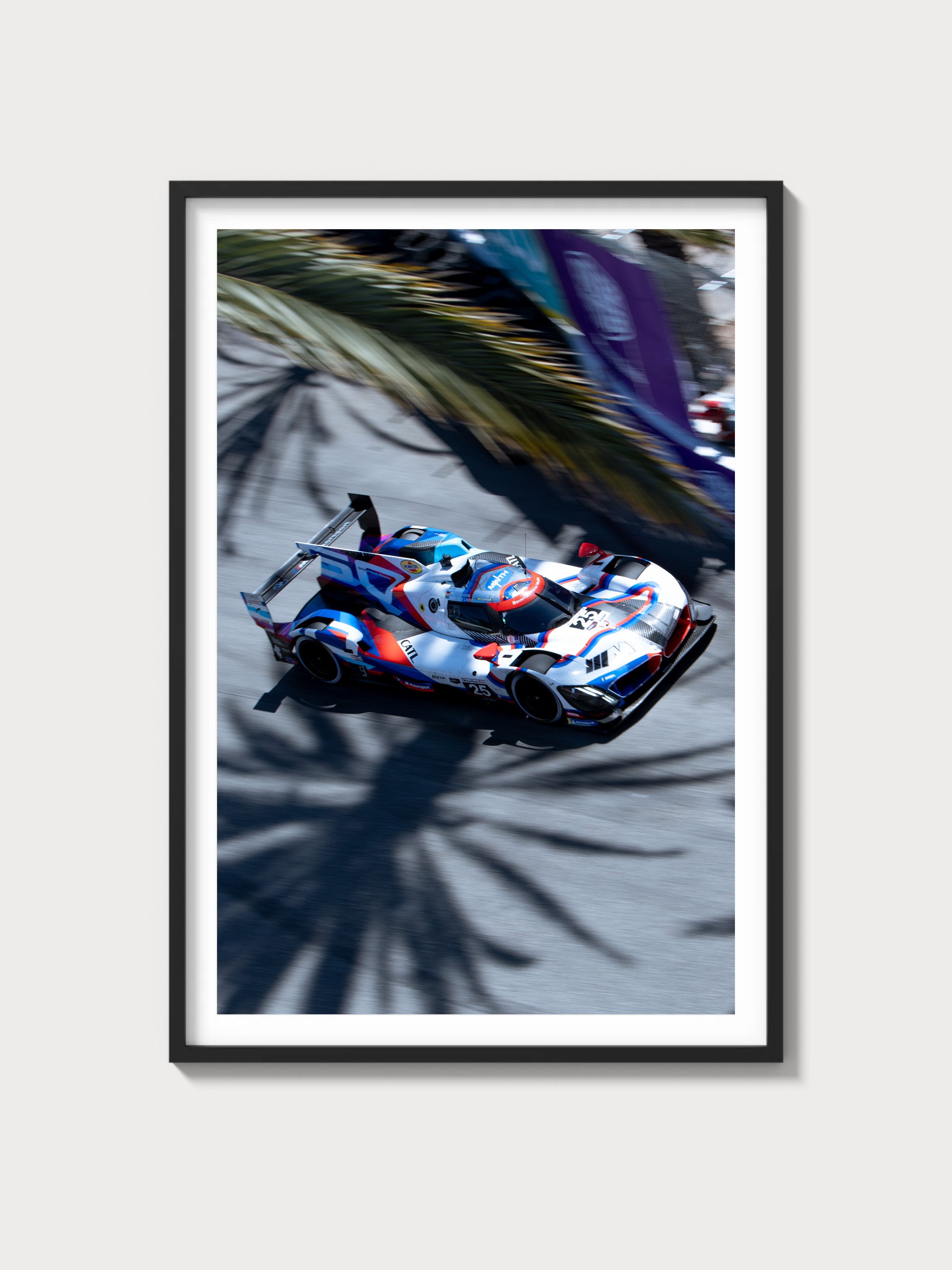Ferrari Dino 206 GT: The Definitive History, Specs, and Legacy
Introduction: Ferrari’s Mid-Engine Departure
In the storied evolution of Ferrari’s road cars, the Dino 206 GT, introduced in 1967, marks a bold departure—a compact, mid-engine sports car that broke from the V12 tradition. Powered by a 2.0-liter V6, this model saw just 131 units crafted by Scaglietti, honoring Enzo Ferrari’s late son, Alfredo “Dino” Ferrari. As the first road-going Dino, it bridged Ferrari’s racing heritage with a new era of accessible performance, succeeding the V12 grand tourers like the 330 GTC.
The year 1967 was a transformative moment for Ferrari, its racing triumphs—250 GTO, 275 GTB—fueling innovation. Unveiled at the 1967 Turin Motor Show, the Dino 206 GT stunned with its Pininfarina design and mid-engine layout. This exhaustive history, crafted with a Ferrari historian’s precision, explores its technical ingenuity, its stunning styling, its racing roots, and its lasting legacy.
Historical Context: Ferrari’s Compact Revolution
The Ferrari Dino 206 GT emerged during a dynamic era for Maranello. By 1967, Ferrari’s racing pedigree—330 GTS’s elegance, GTO’s dominance—had cemented its prestige, yet Enzo sought to expand beyond V12 elites. The Dino sub-brand, named for his son who championed V6 engines, aimed at a broader market, competing with Porsche’s 911. The 206 GT, with its compact V6 and mid-engine design, answered, blending Ferrari’s racing DNA with affordability.
A total of 131 units were built (1967-1969)—all Scaglietti coupes with aluminum bodies. Chassis 001, the prototype, debuted at Turin in November 1967, its curvaceous form a Pininfarina triumph. This was a car for enthusiasts and rising collectors—Marcello Gandini praised its lines—its limited run reflecting Ferrari’s cautious entry into a new segment amid Italy’s 1960s boom.
The broader context of 1967 shaped its purpose. Europe’s sports car market thrived—Porsche 911, Lotus Elan—while America embraced performance compacts. The Dino 206 GT bridged Ferrari’s racing heritage with road-going innovation, its V6 tying it to the 250 MM’s racing spirit.
Technical Specifications: The Dino V6’s Debut
The Ferrari Dino 206 GT’s heart was its 2.0-liter V6—a lightweight engine that redefined Ferrari’s approach. Below, we dissect its engineering with historian’s detail.
Engine: Dino’s 2.0-Liter Innovation
Displacing 1,987 cc (bore 86 mm, stroke 57 mm), the Dino V6 was a transverse-mounted, all-aluminum unit designed by Franco Rocchi, with a 65-degree V-angle. Featuring double overhead camshafts per bank, a 9.0:1 compression ratio, and twin Weber 40 DCN carburetors, it produced 180 horsepower at 8,000 rpm—a high-revving contrast to V12s. Weighing 225 lbs, it delivered 138 lb-ft of torque at 6,500 rpm.
This engine was a revelation. Chassis 004, an early production model, showcased its agility, prioritizing balance over raw power.
Performance: Nimble Speed
The Dino 206 GT reached 146 mph (235 km/h)—verified by Car and Driver’s 1968 test—trailing the 330 GTC’s 157 mph, with a 0-60 mph time of ~6.8 seconds. Its power-to-weight ratio (200 hp/ton) surpassed the 330 GTS (240 hp/ton) due to its featherlight build.
Chassis and Suspension: Mid-Engine Mastery
The chassis was a tubular steel spaceframe, weighing 900 kg (1,984 lbs)—far lighter than the 330 GTC’s 1,200 kg, thanks to its aluminum body. Its 2,280 mm wheelbase was compact, with fully independent suspension—double wishbones with coil springs front and rear—offering razor-sharp handling.
Transmission and Brakes: Precise Control
A 5-speed manual gearbox—synchronized, mid-mounted—drove the rear wheels, its ratios (1st: 2.92, 5th: 0.96) favoring agility. Braking relied on 13-inch Girling disc brakes, delivering 1.1g deceleration—exceptional for its weight.
| Specification | Details |
|---|---|
| Engine | 2.0L V6, 180 hp @ 8,000 rpm |
| Displacement | 1,987 cc (86 mm x 57 mm) |
| Top Speed | ~146 mph (235 km/h) |
| 0-60 mph | ~6.8 seconds |
| Weight | 900 kg (1,984 lbs) |
| Transmission | 5-speed manual, mid-engine |
| Suspension (Front) | Double wishbone, coil springs |
| Suspension (Rear) | Double wishbone, coil springs |
| Brakes | Hydraulic discs, 13-inch |
Design and Styling: Pininfarina’s Compact Beauty
The Ferrari Dino 206 GT’s aesthetic was a triumph of compact elegance, crafted by Scaglietti under Pininfarina’s vision.
Exterior: Curvaceous Innovation
Scaglietti built all 131 units—chassis 001 featured a low nose, flowing curves, and a glassed engine cover, finished in Rosso Dino. Its 2,280 mm wheelbase and aluminum body (no steel options) kept it lithe, with distinctive air intakes marking its mid-engine layout.
Interior: Driver-Centric Simplicity
The cockpit was a focused retreat: leather bucket seats (black or tan), a gated shifter, and Veglia gauges—tachometer (9,000 rpm redline), speedometer, oil pressure. Minimalist yet refined, chassis 004’s spartan cabin echoed racing roots, distinct from the plush 330 GTS.
Production and Variants: A Limited Pioneer
The Ferrari Dino 206 GT’s 131-unit run (1967-1969) was a cautious debut—all Scaglietti coupes, with no major variants beyond early prototypes. Chassis 001 launched the line, while 00684 closed it, transitioning to the Dino 246 GT. Its aluminum construction set it apart.
Performance and Racing Legacy: A Road-Born Racer
The Ferrari Dino 206 GT racing history is subtle, its road focus primary. Chassis 002, a factory test car, inspired the Dino 206 S racers, which won class at the 1966 Targa Florio. Privateers rarely raced the GT, but its mid-engine agility shone on twisty roads—Alps, Amalfi—where its 146 mph top speed and handling excelled.
Ownership and Market Value: A Rare Treasure
The Ferrari Dino 206 GT value reflects its rarity and innovation. Early owners included European enthusiasts and U.S. collectors. Today, prices range $700,000-$1 million—chassis 004 sold for $925,000 at Gooding & Co. 2023. Restoration costs—V6 rebuilds at $80,000—highlight its appeal.
Cultural Impact: Ferrari’s Mid-Engine Milestone
The Dino 206 GT launched Ferrari’s mid-engine legacy, its V6 and Pininfarina design paving the way for the 246 GT and beyond. In 1960s lore, it’s the car of spirited drives, a compact icon of Maranello’s evolution.
Comparisons: Ferrari Dino 206 GT vs Rivals
The Ferrari Dino 206 GT vs Porsche 911 pits 180 hp V6 against 160 hp flat-6—Ferrari led in style, Porsche in sales. The Lotus Elan (118 hp) trailed in power but matched in agility.
| Model | Engine | Power | Weight | Top Speed |
|---|---|---|---|---|
| Ferrari Dino 206 GT | 2.0L V6 | 180 hp | 900 kg | ~146 mph |
| Porsche 911 | 2.0L Flat-6 | 160 hp | 1,080 kg | ~137 mph |
| Lotus Elan | 1.6L Inline-4 | 118 hp | 680 kg | ~122 mph |
Frequently Asked Questions
What was the Ferrari Dino 206 GT?
A 1967 2.0L V6 mid-engine sports car.
How many were made?
131 units.
What engine powered it?
1,987 cc Dino V6, 180 hp.
Did it race?
Indirectly—inspired Dino 206 S racers.
What’s its value?
$700,000-$1 million.

